How’s this for a beautiful amplifier?! I recently repaired and restored this absolutely stunning Marantz 1152DC integrated amplifier, let’s take a look.
The Marantz 1152DC is an integrated amplifier from the upper middle of Marantz’s range in the late 1970’s. The 1152DC and others from this series are very collectible now, thanks to their unique looks, great sound and Marantz’s famous build quality. They were quite expensive but came with lots of great features and an excellent phono preamplifier.
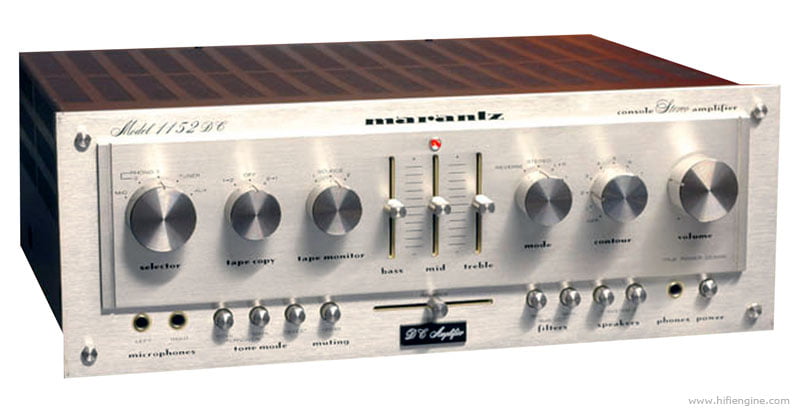
This 1152DC was in almost perfect physical condition, but electrically it was a different story. She was donated to me by her generous original owner, in non-working condition. The unit had visited a well-known Perth electronics repairer at some point, and sadly, was worse off for it.

Marantz 1152DC Specifications
Courtesy of HiFi Engine
Power output: 76 watts per channel into 8Ω
Frequency response: 7Hz to 70kHz
Damping factor: 45
Input sensitivity: 1.8mV (MM), 180mV (line)
Signal-to-noise ratio: 78dB (MM), 91dB (line)
Output: 180mV (line), 1.5V (Pre out)
Semiconductors: 73 x transistors, 44 x diodes, 4 x FETs
Dimensions: 416 x 146 x 316mm
Weight: 14kg
You’ll find more about the Marantz 1152DC at Classic Audio.
Problems
The repairer who worked previously on this Marantz 1152DC is well-known for taking shortcuts. Rather than take the time to clean boards, replace transistors as matched pairs, find parts that actually match those originally installed etc, this guy replaced just the bare minimum with poor substitutes, ‘made’ resistors, left charcoal on boards etc. Sound familiar..?
This Marantz 1152DC wouldn’t power on and showed some obvious signs of damage. Rather than risk more damage, I decided to completely overhaul her, before selling her to a lucky new owner.
Initial Condition
I would describe this 1152DC as cosmetically very good, but electrically needing work.
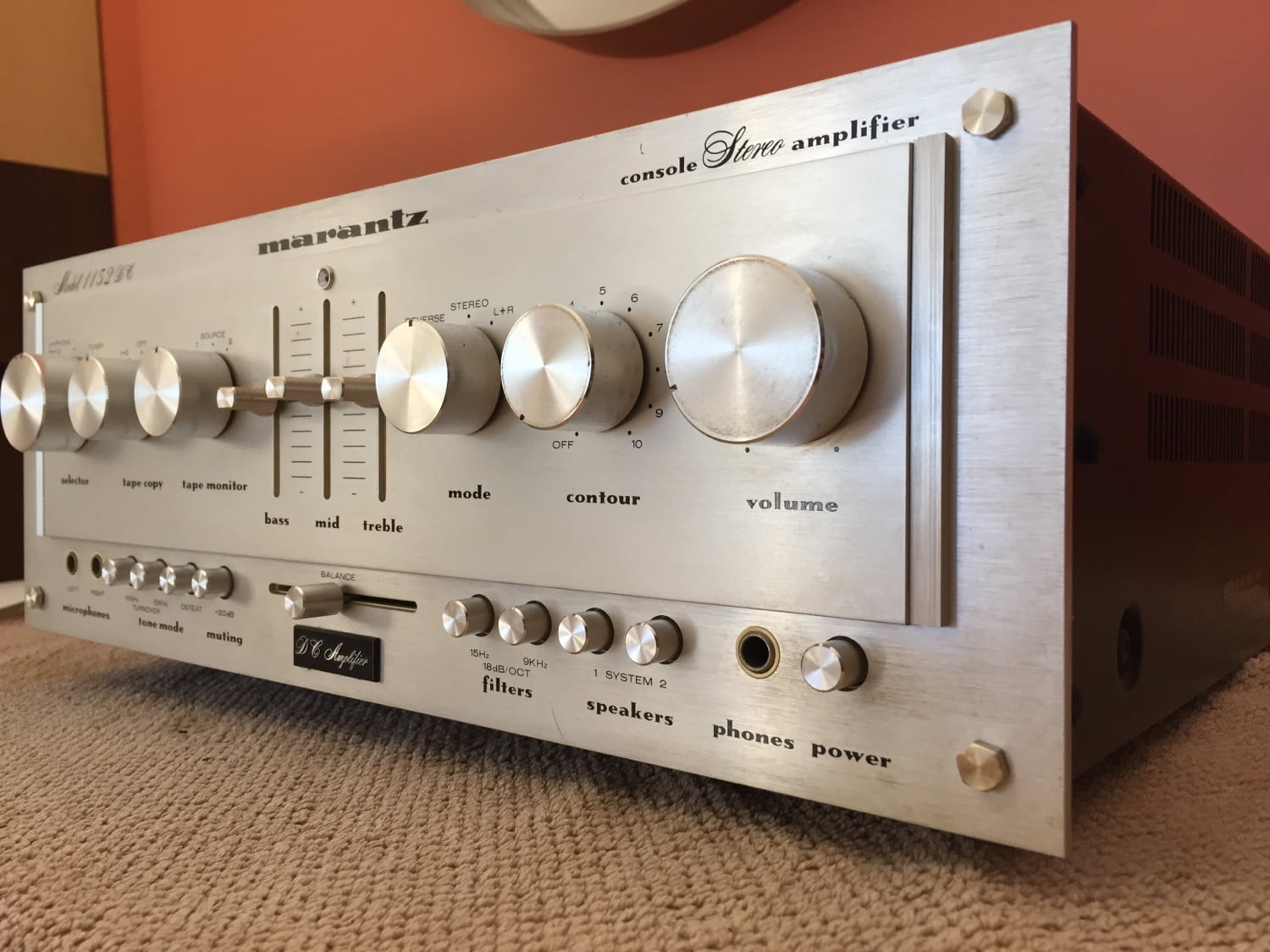
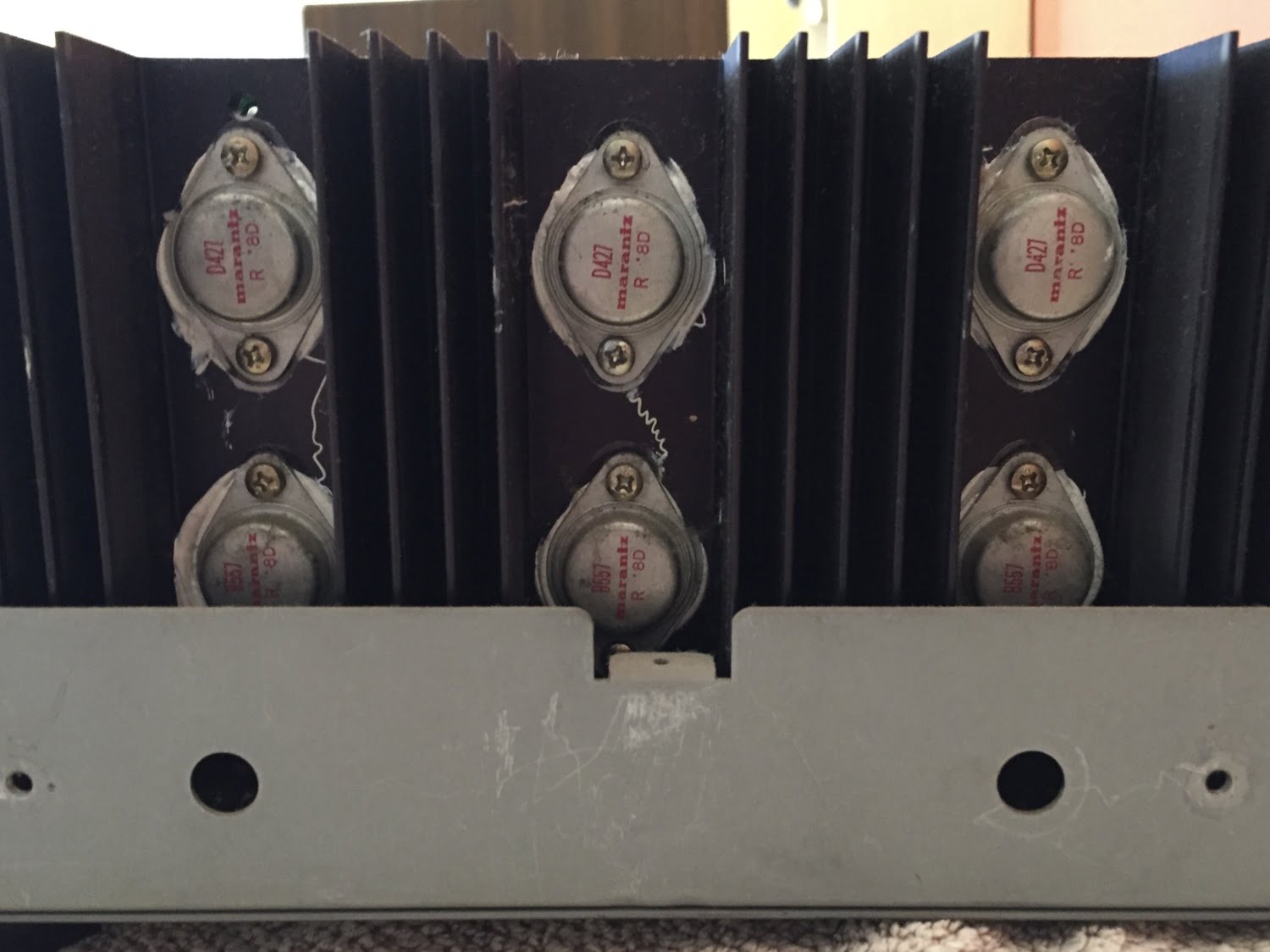

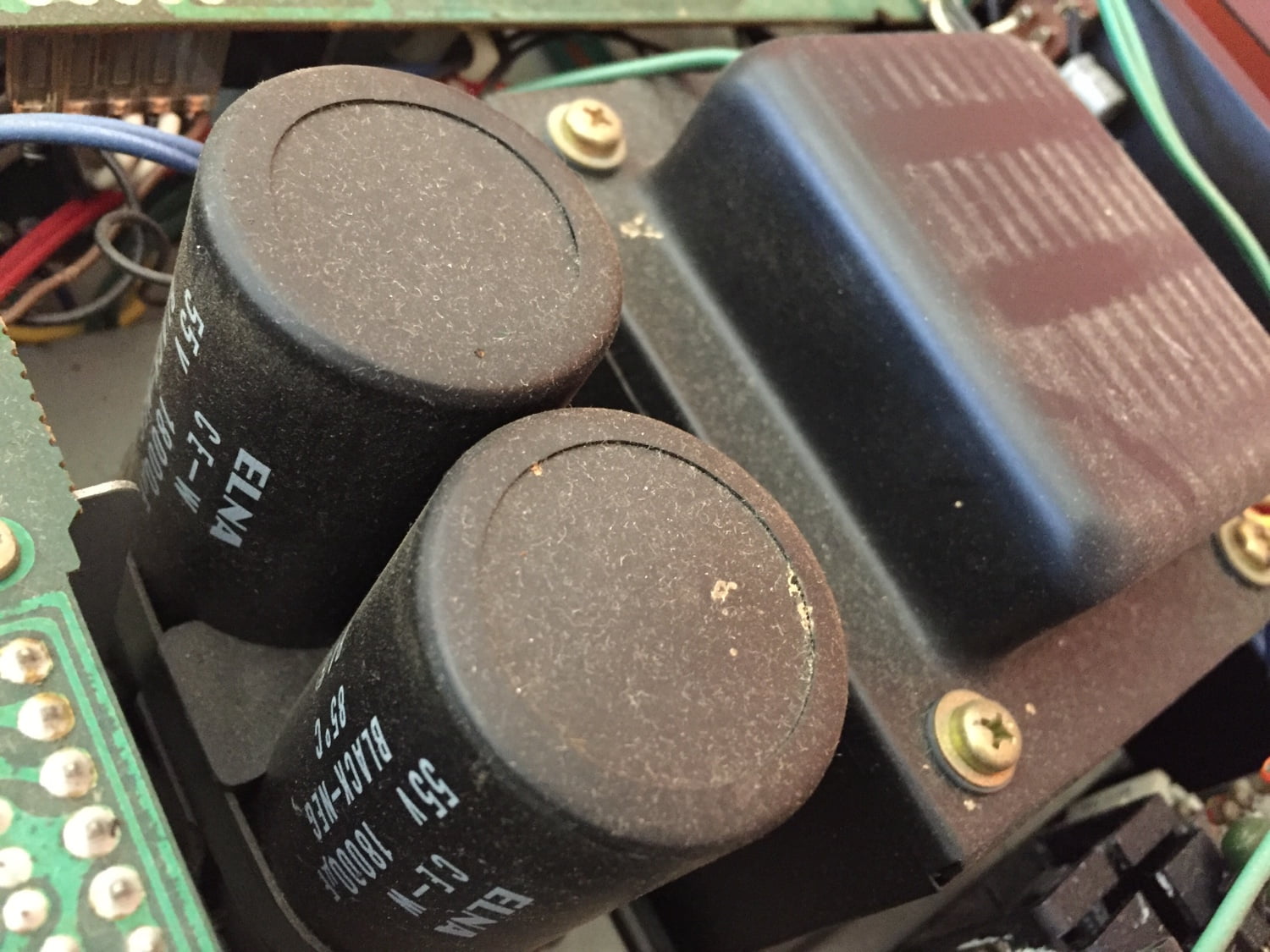
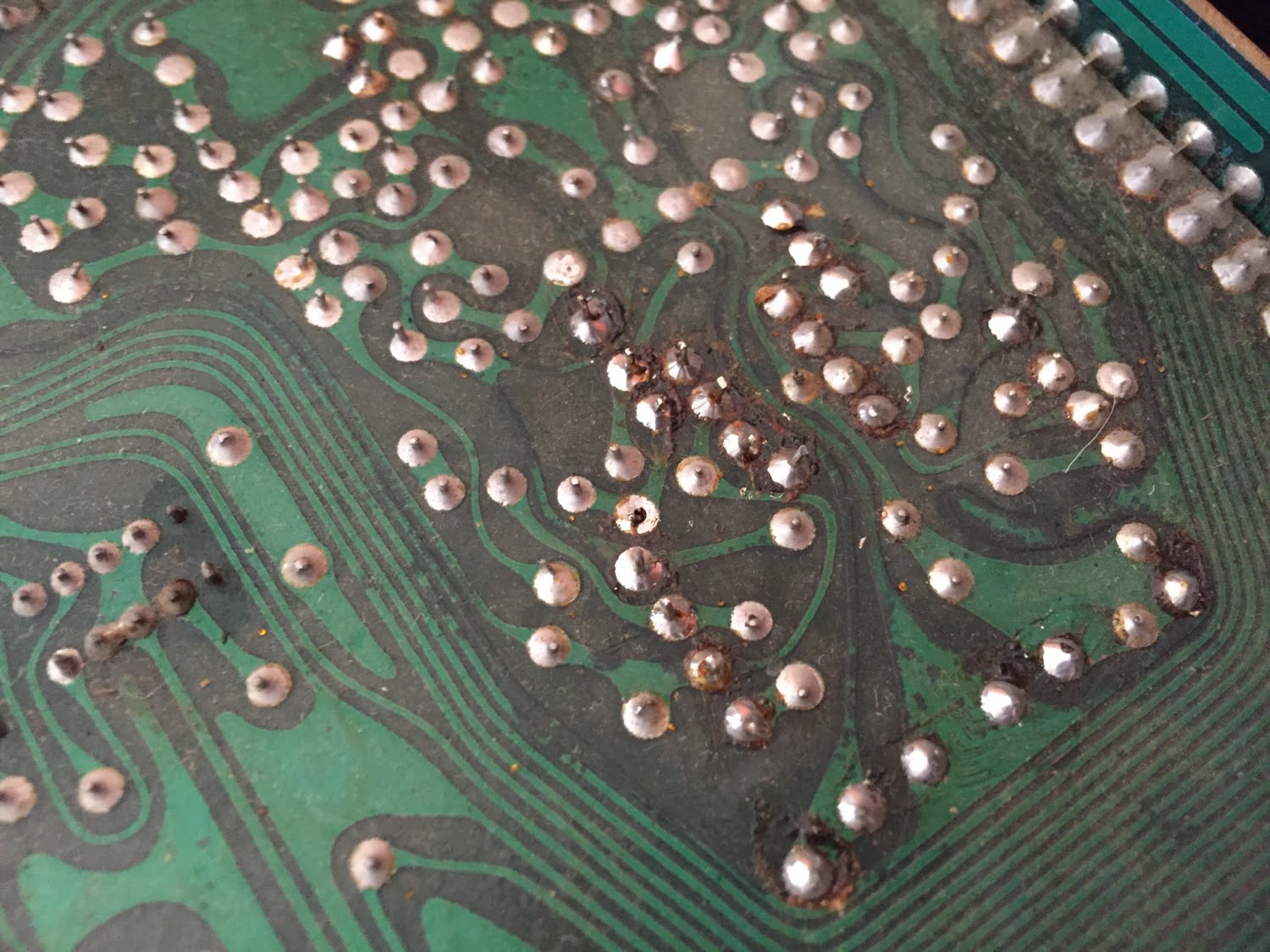
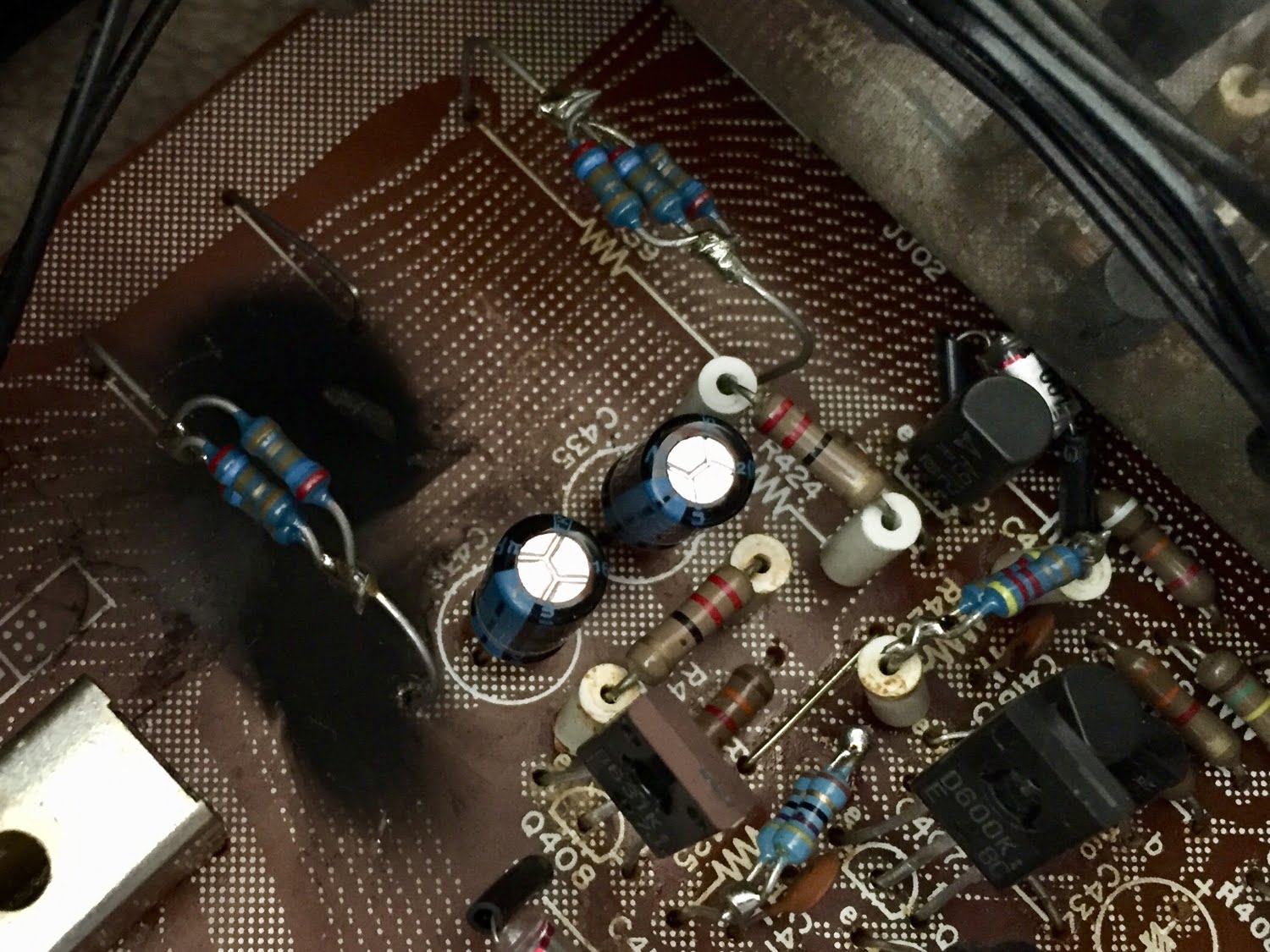
Restoration
I use a similar restoration process for most amplifiers and preamplifiers. I start with a careful inspection before removing all the boards and separating the functional blocks. Then I focus on restoring each board or block, before reassembly, lubrication, adjustment and testing.
Cleaning the Chassis
This part is relatively straightforward if it’s done right. Obviously, water and electronics can mix, but only when done in a very particular way. Drying is a critical part of the process! I use a regimen I’ve developed over many years now.

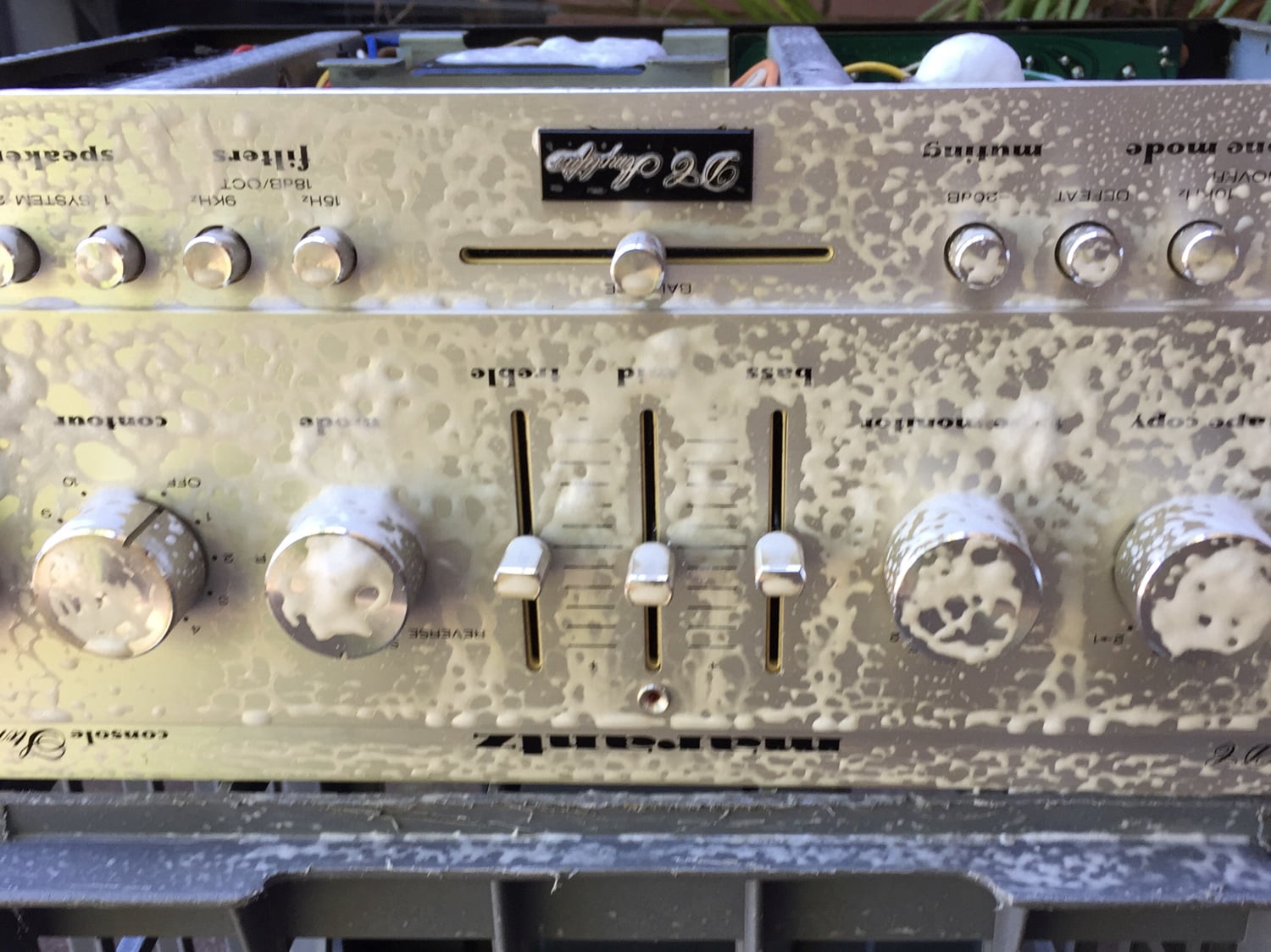
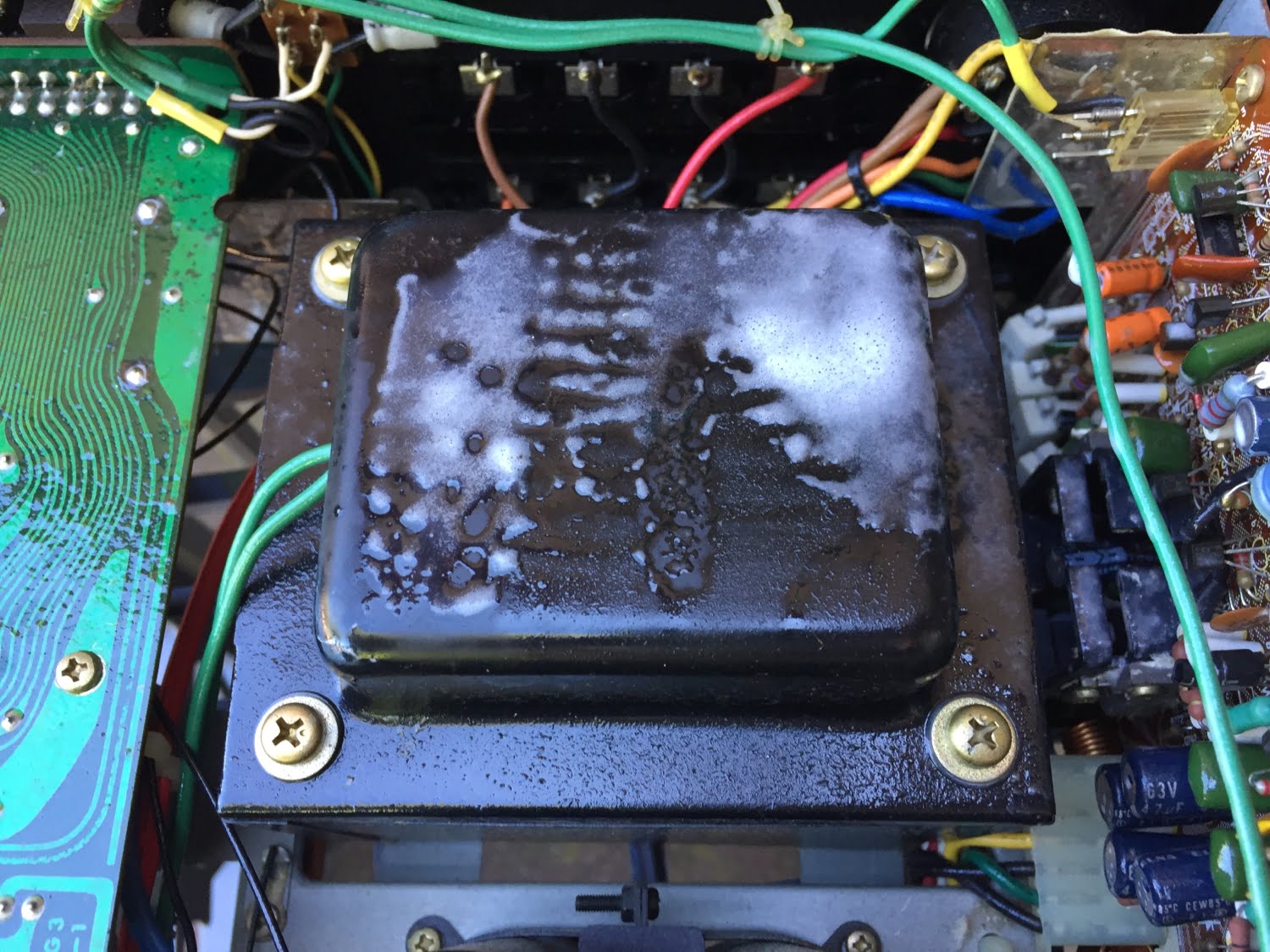


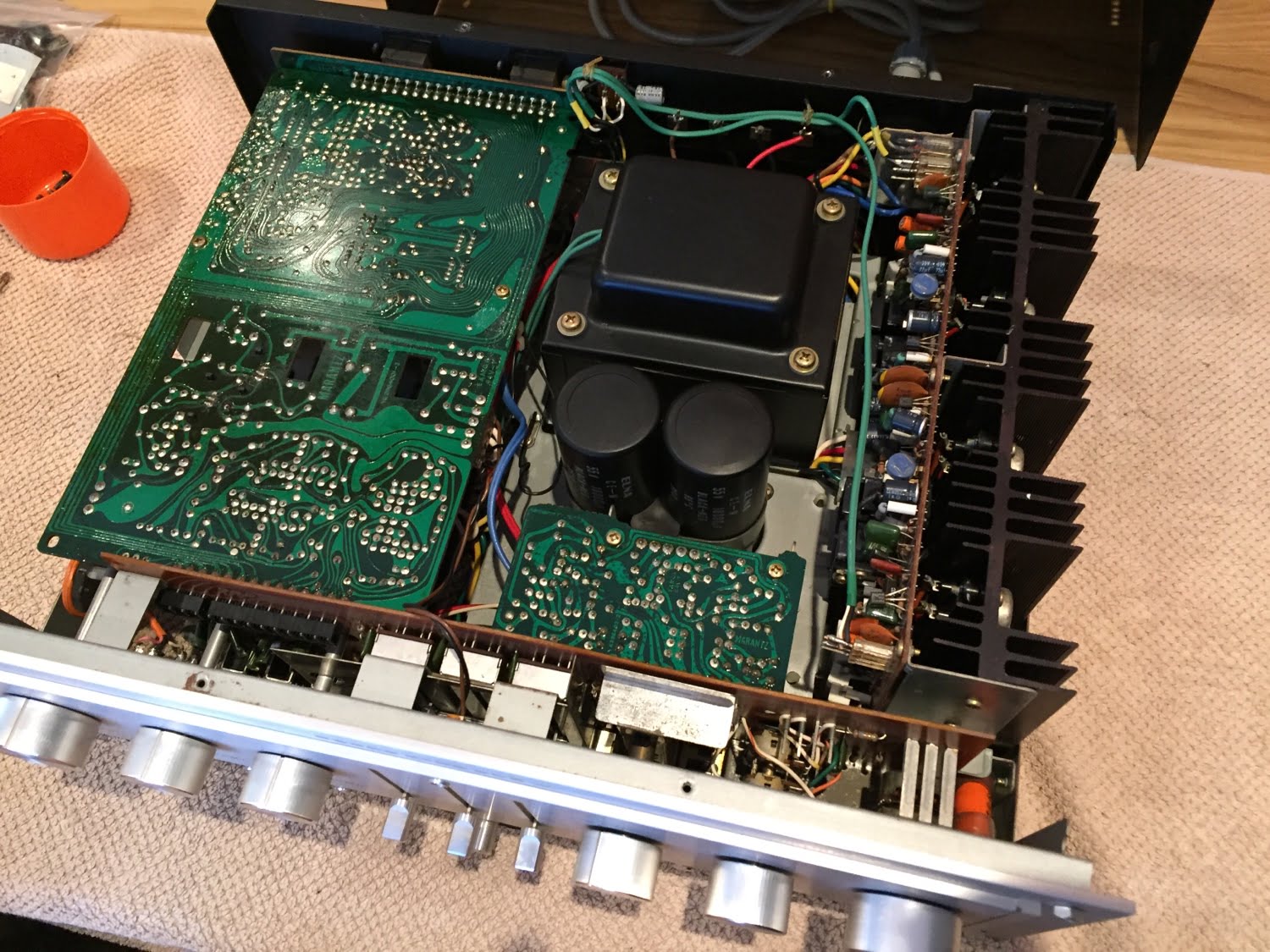
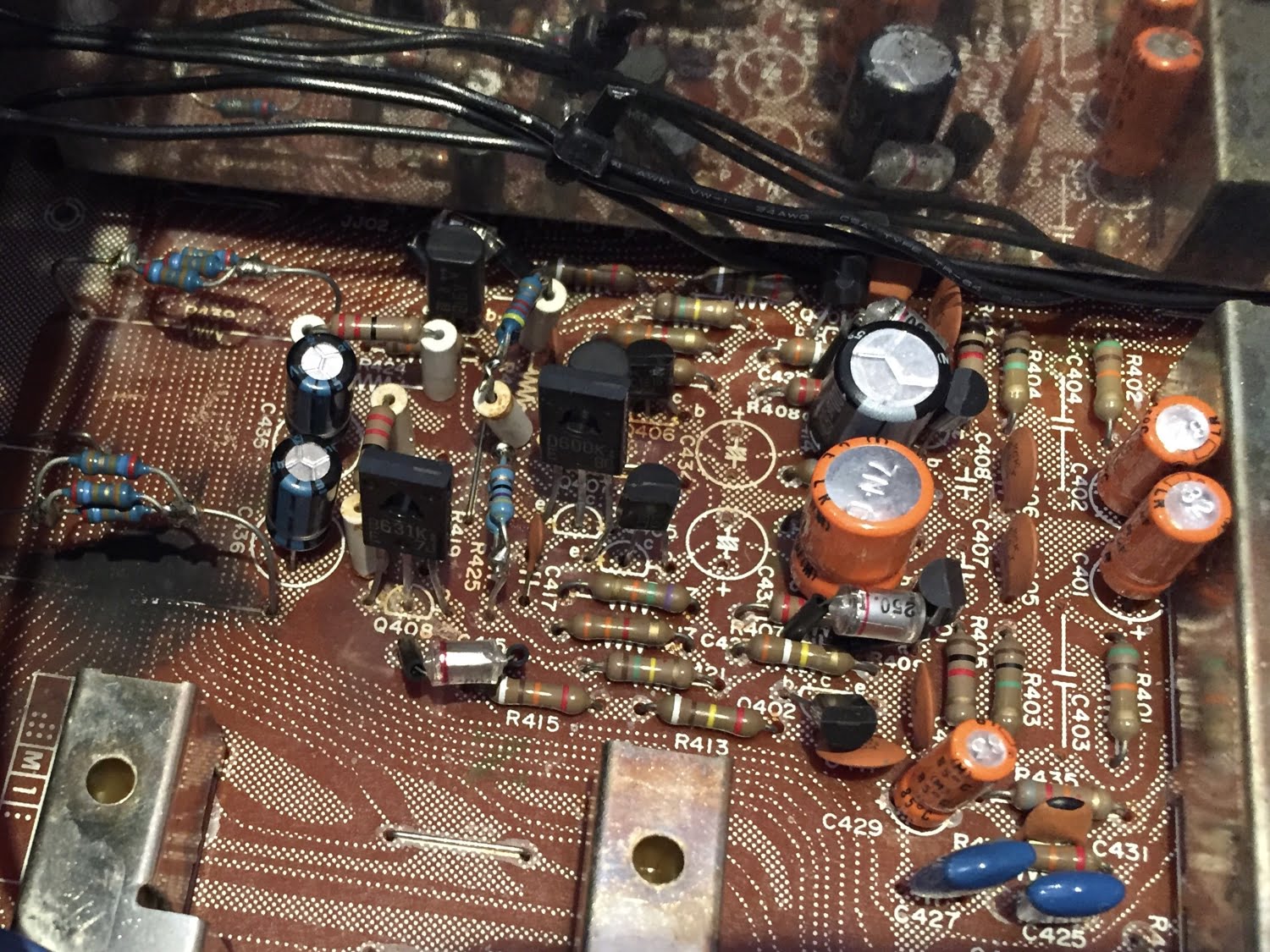
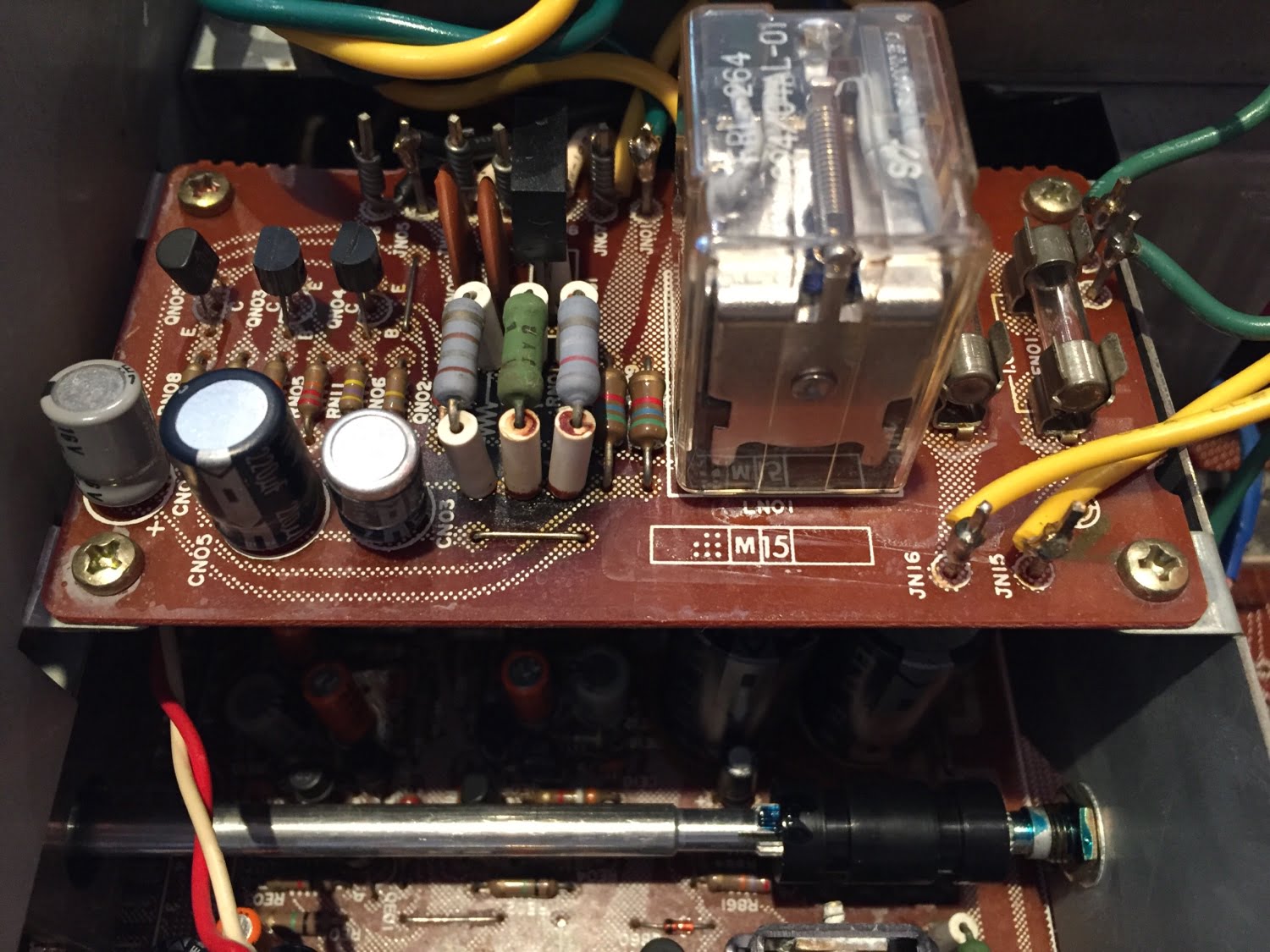
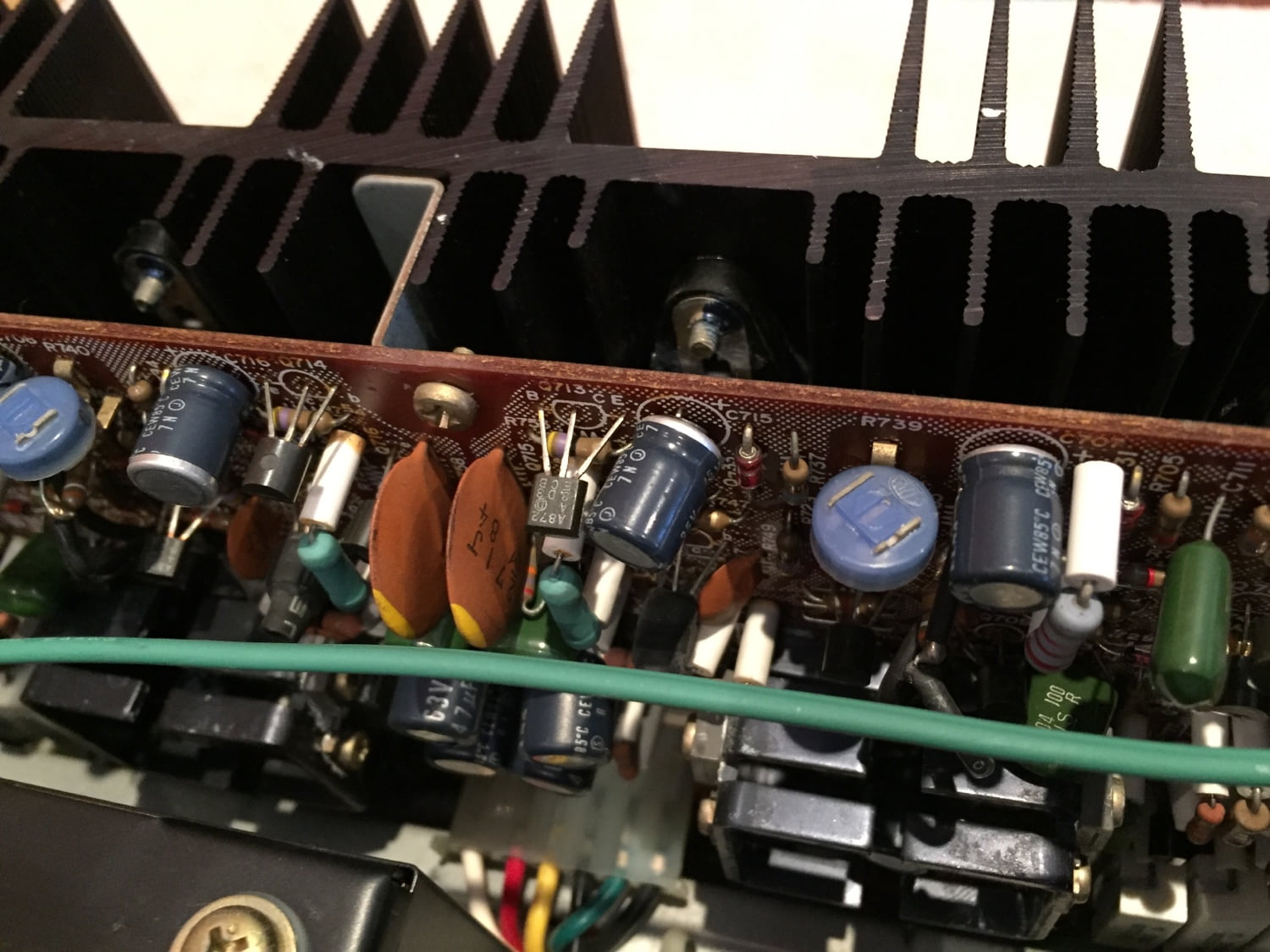
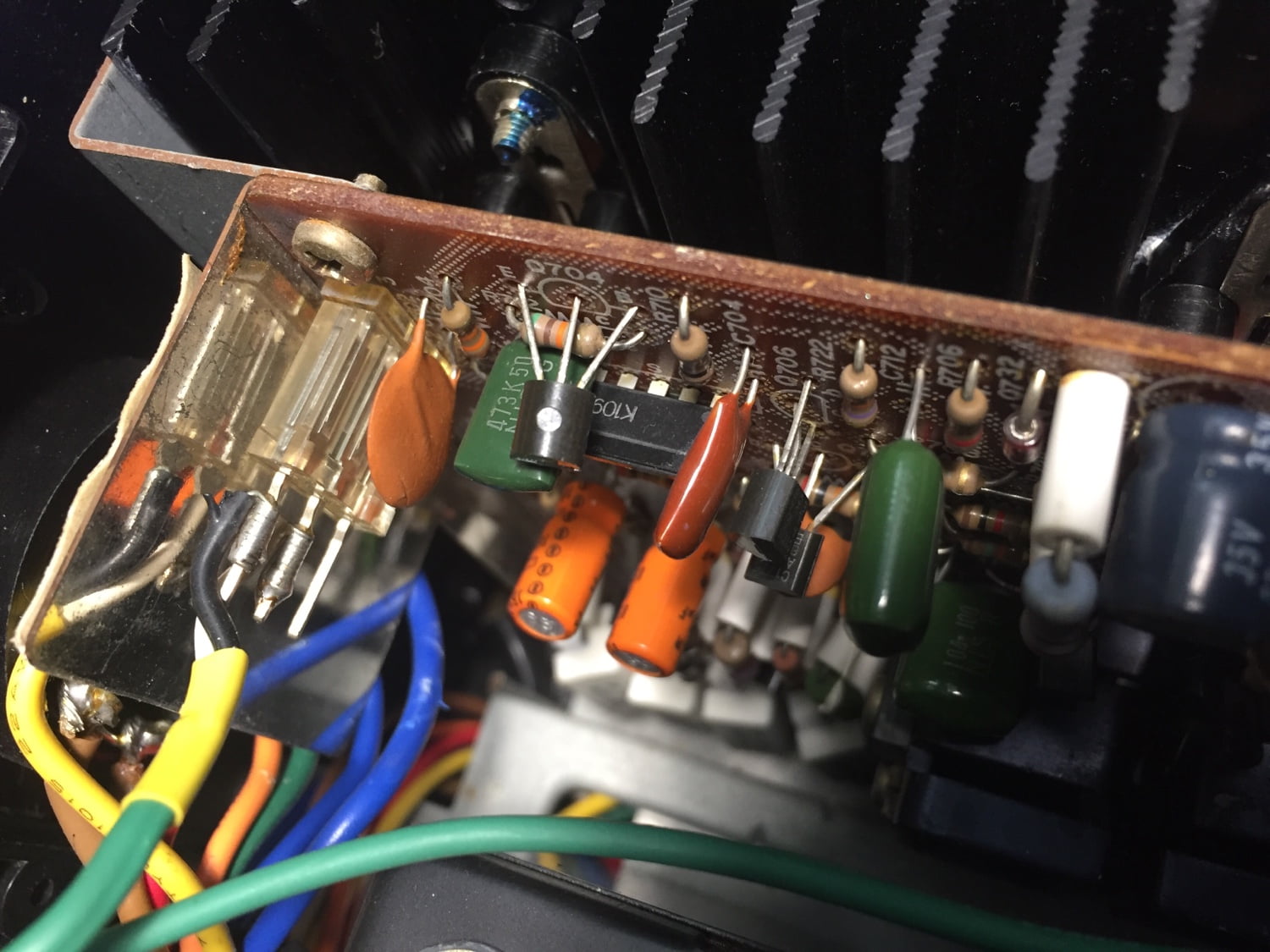
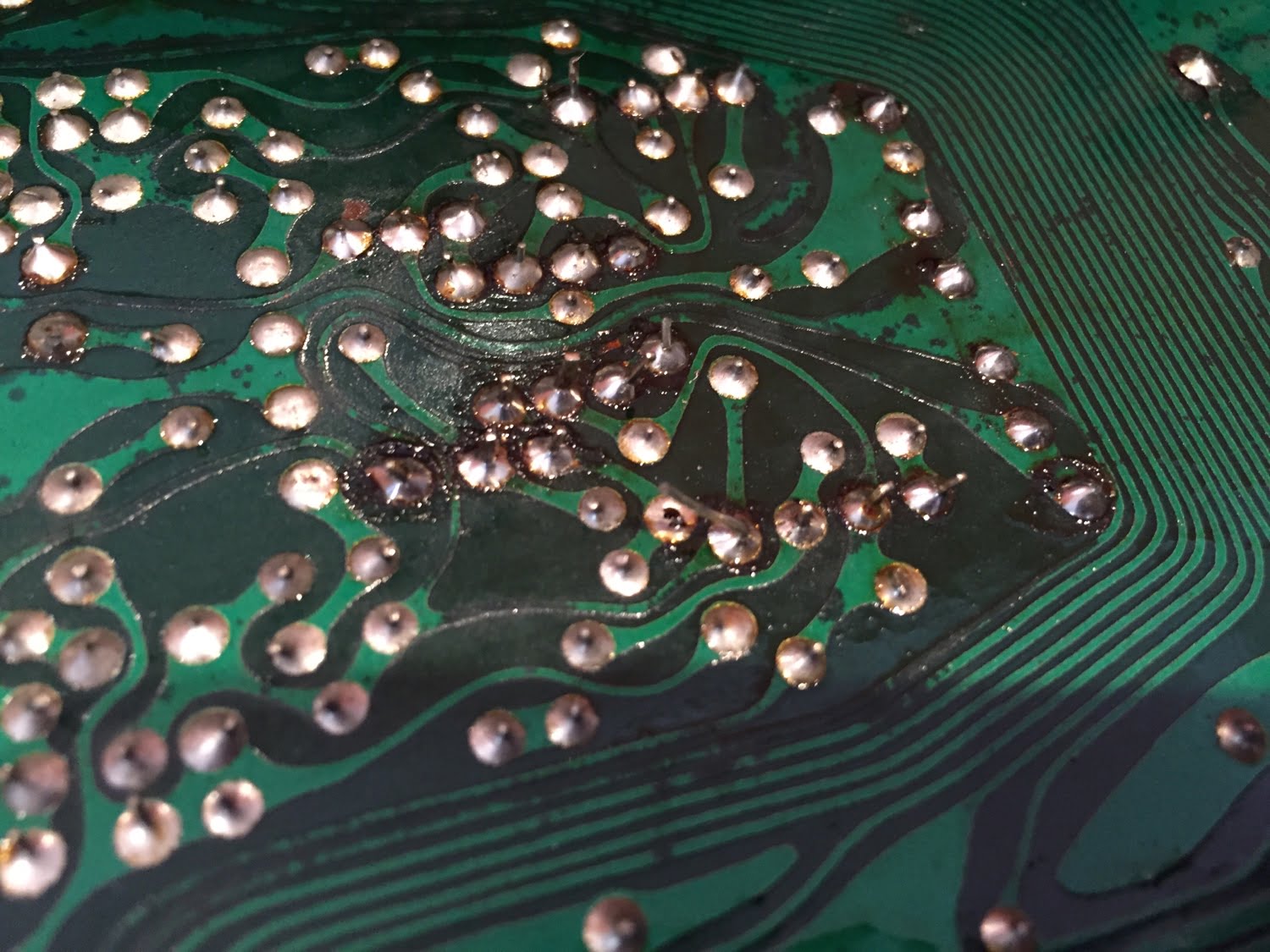
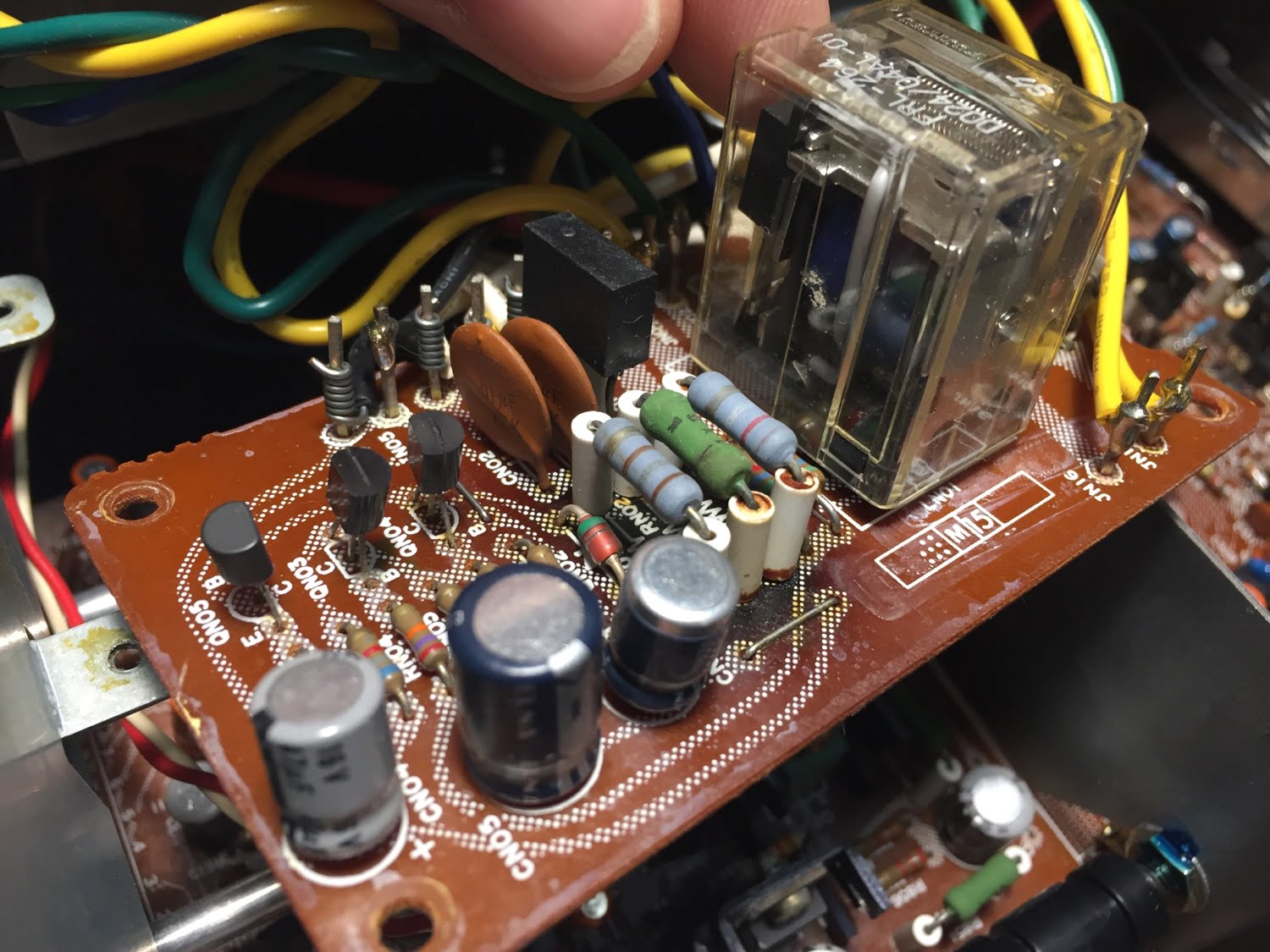
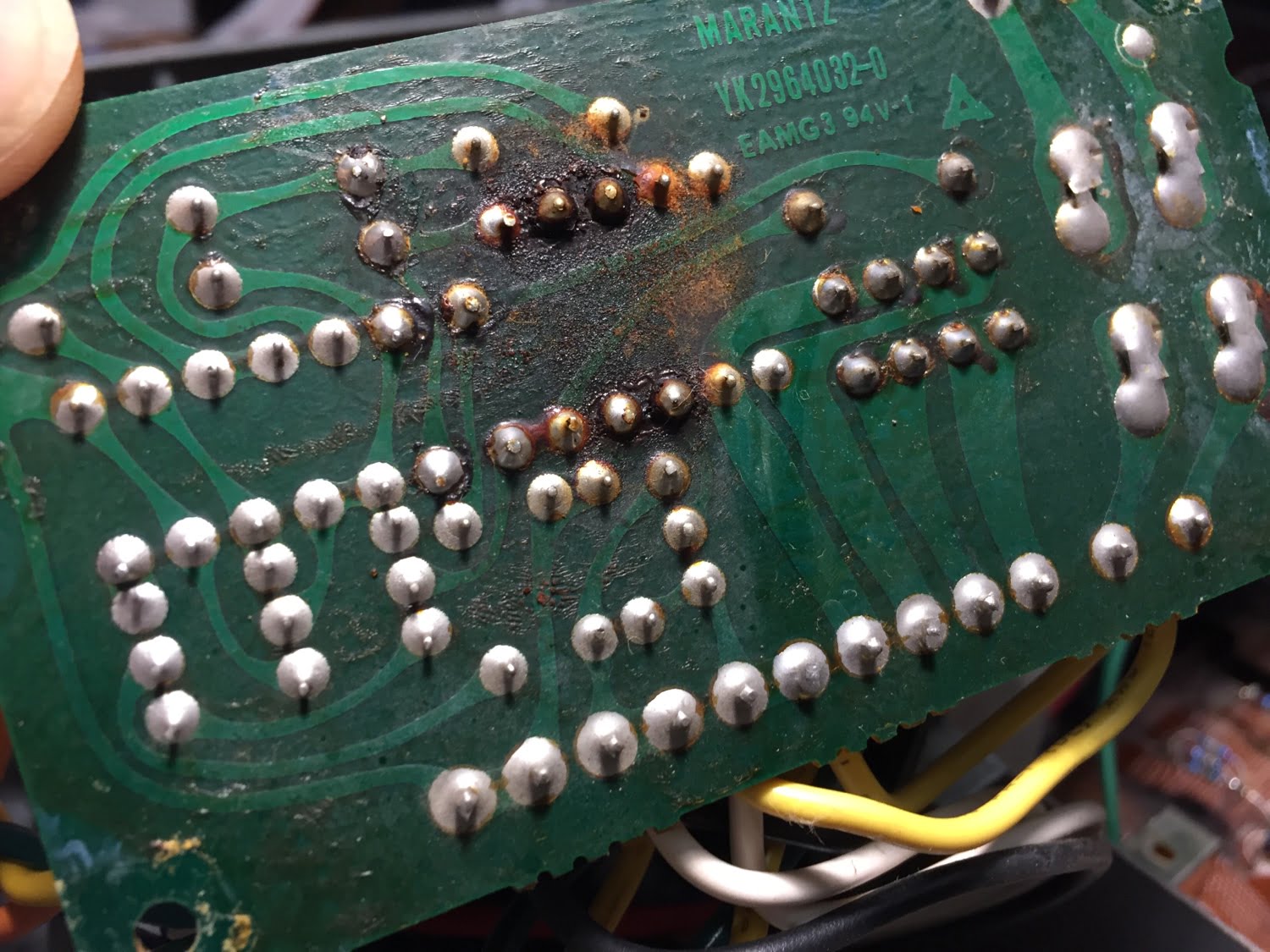
Board Overhaul
As usual, I’ve used premium parts, including vintage resistors of the correct power rating, high-quality capacitors and NOS transistors that meet or exceed original specs. Output devices are factory original, contributing to the classic Marantz sound.
We will focus here mostly on the amplifier module.

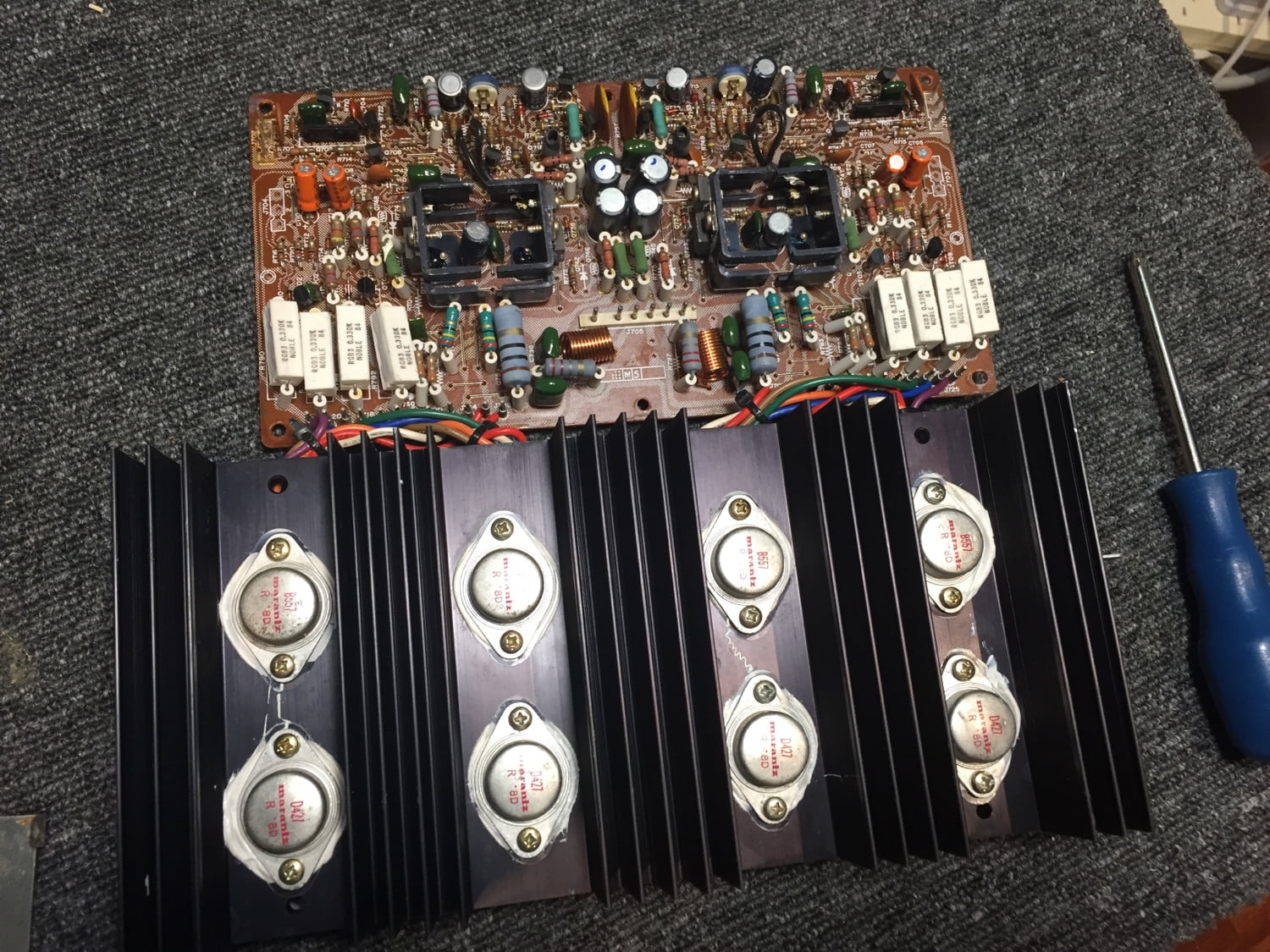
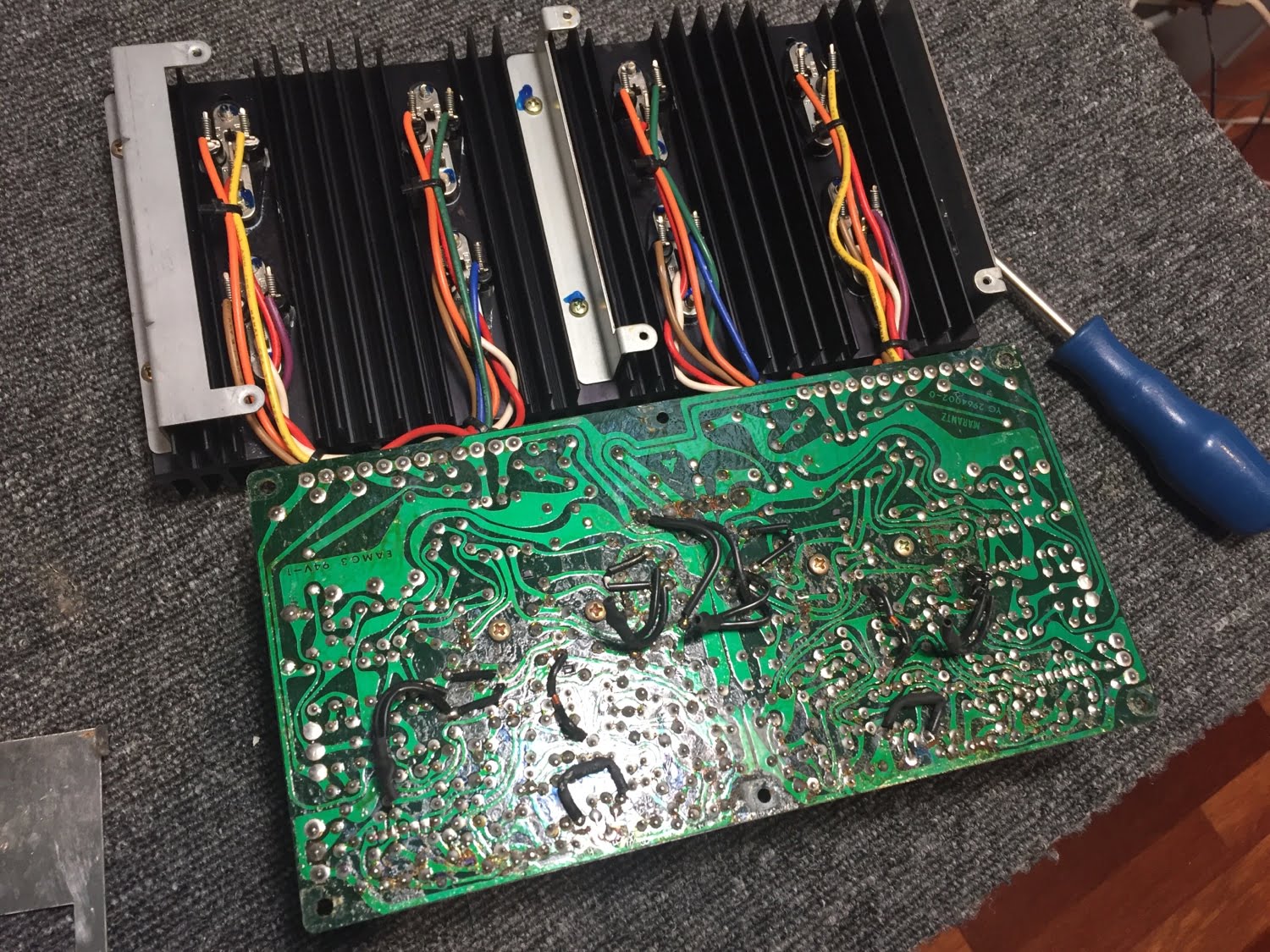
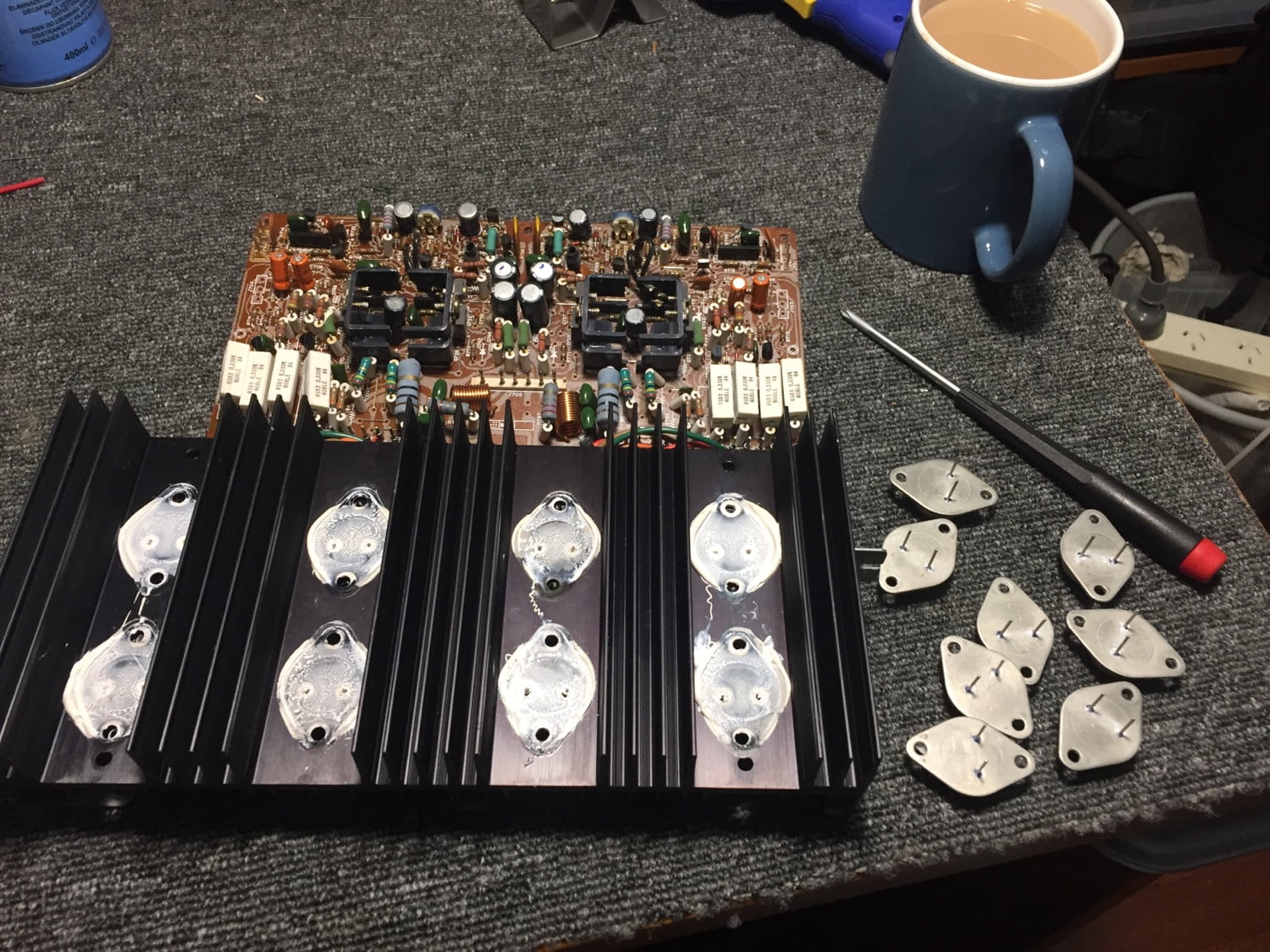
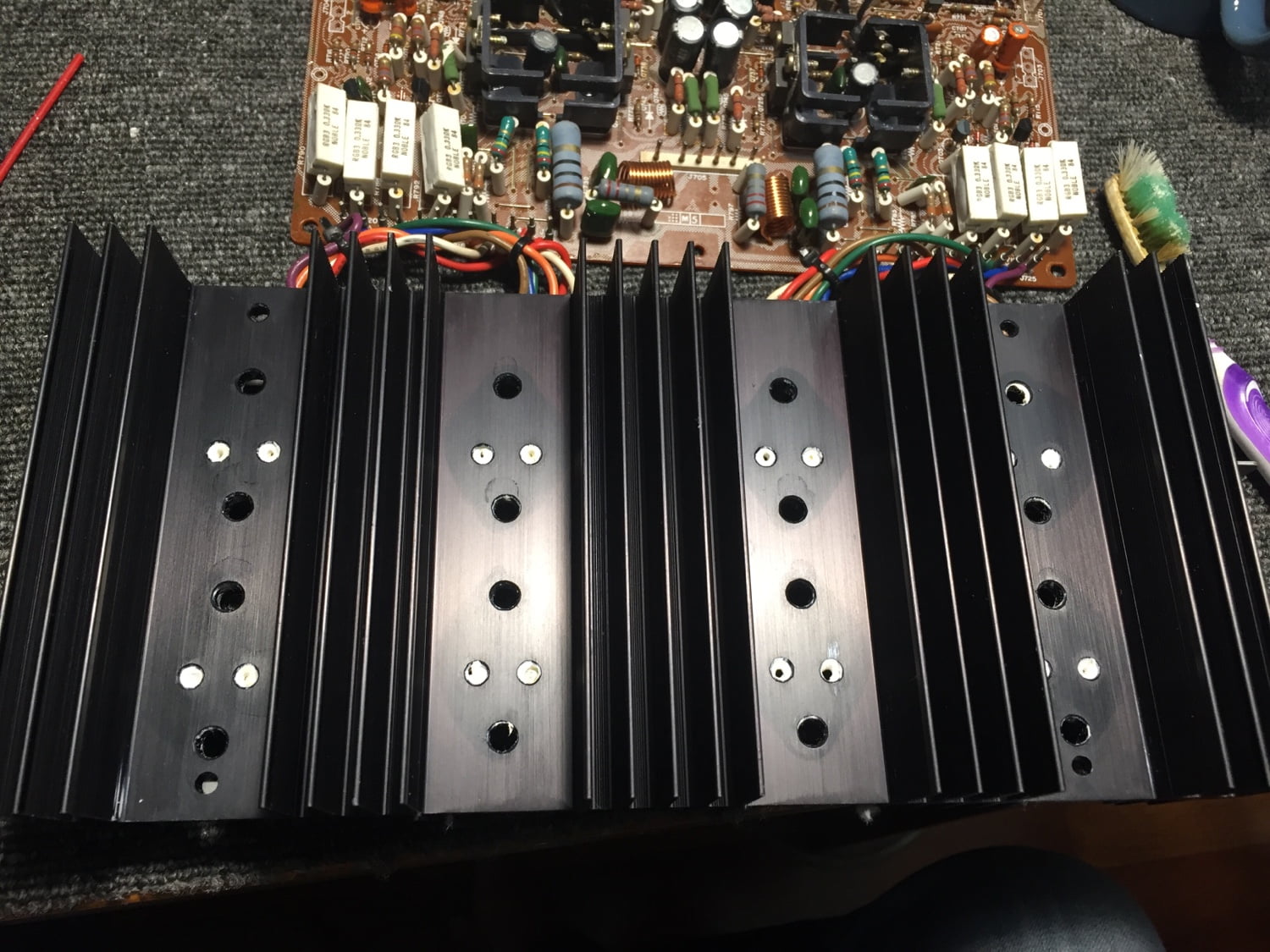
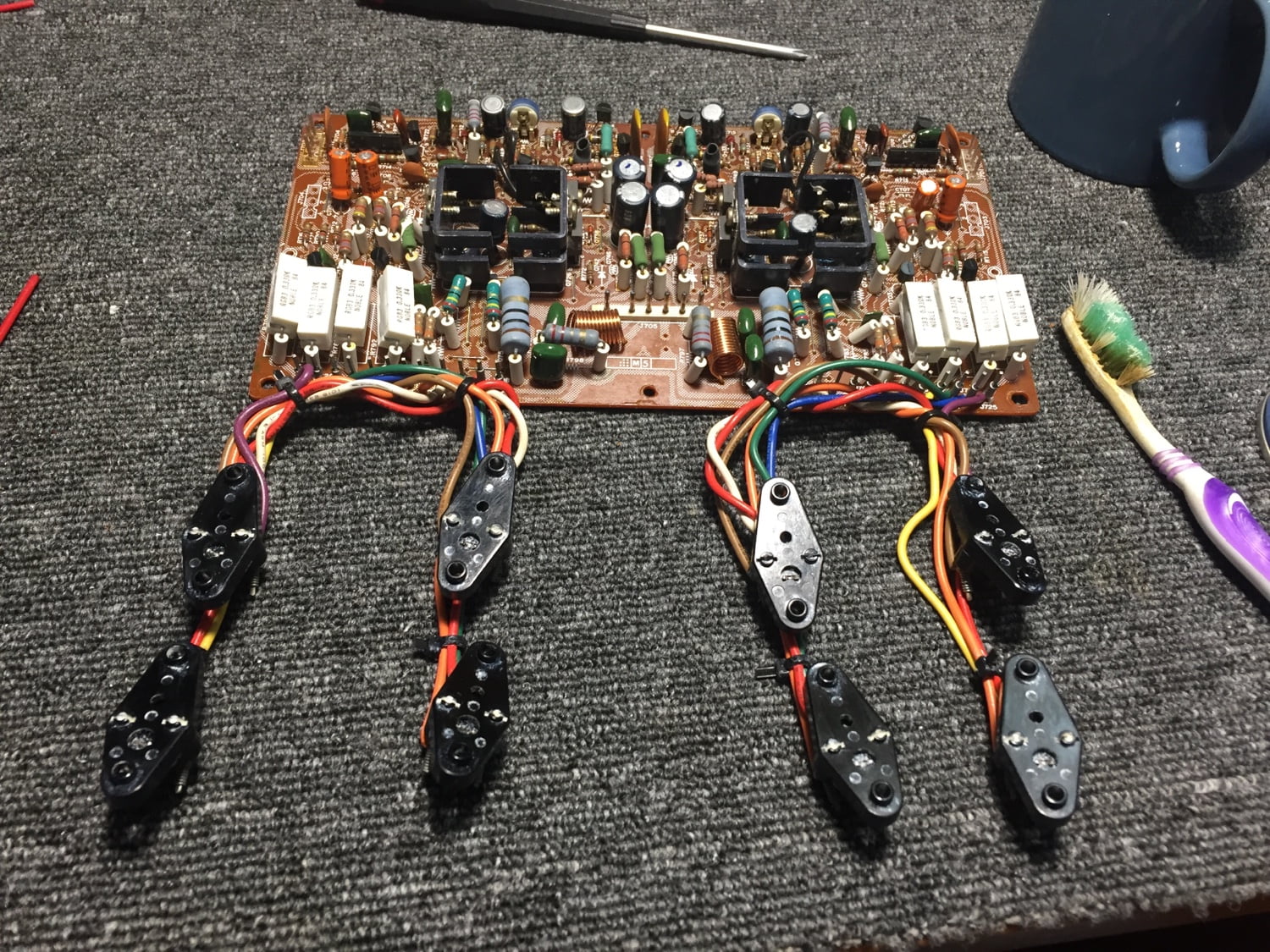

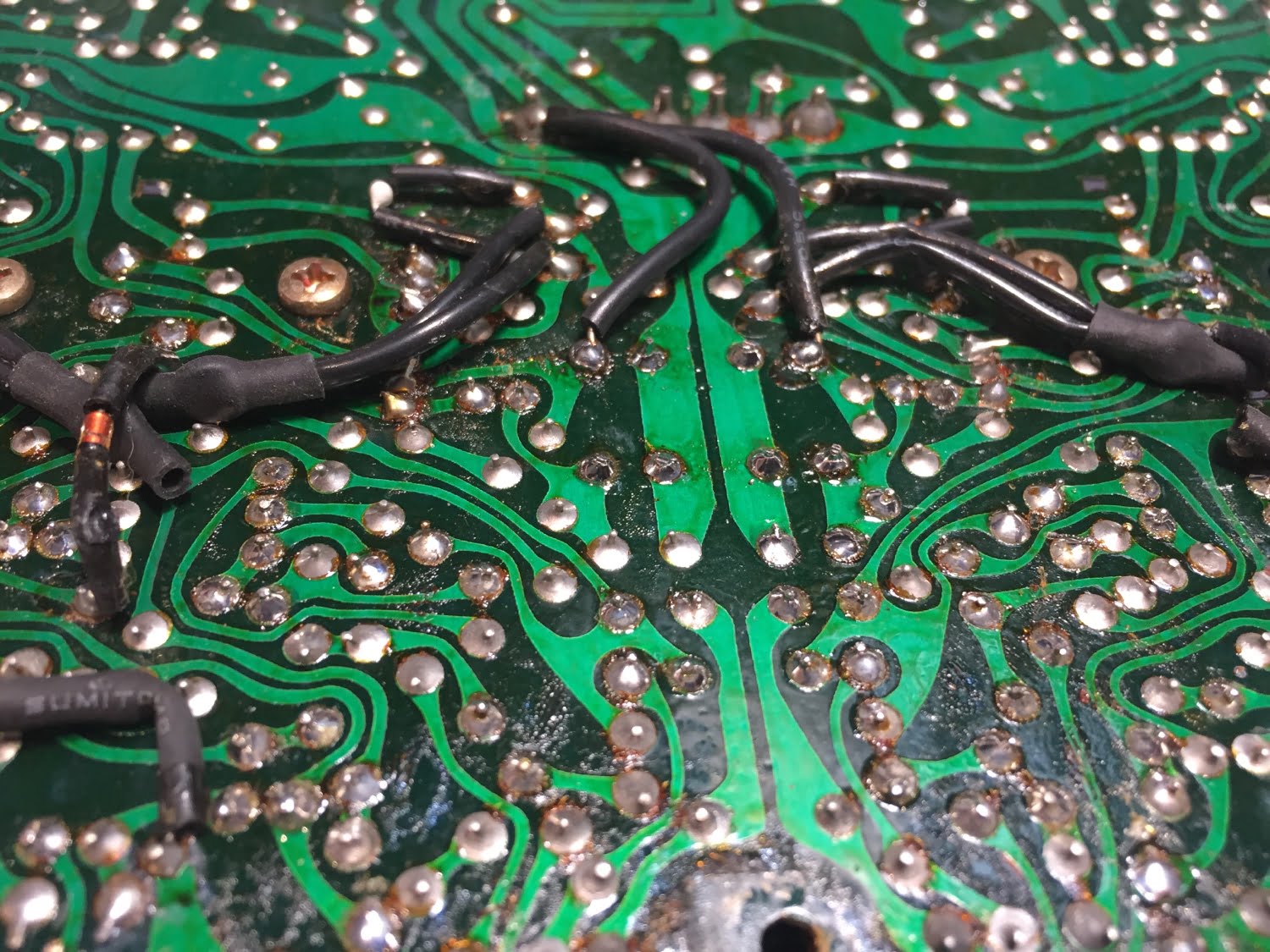
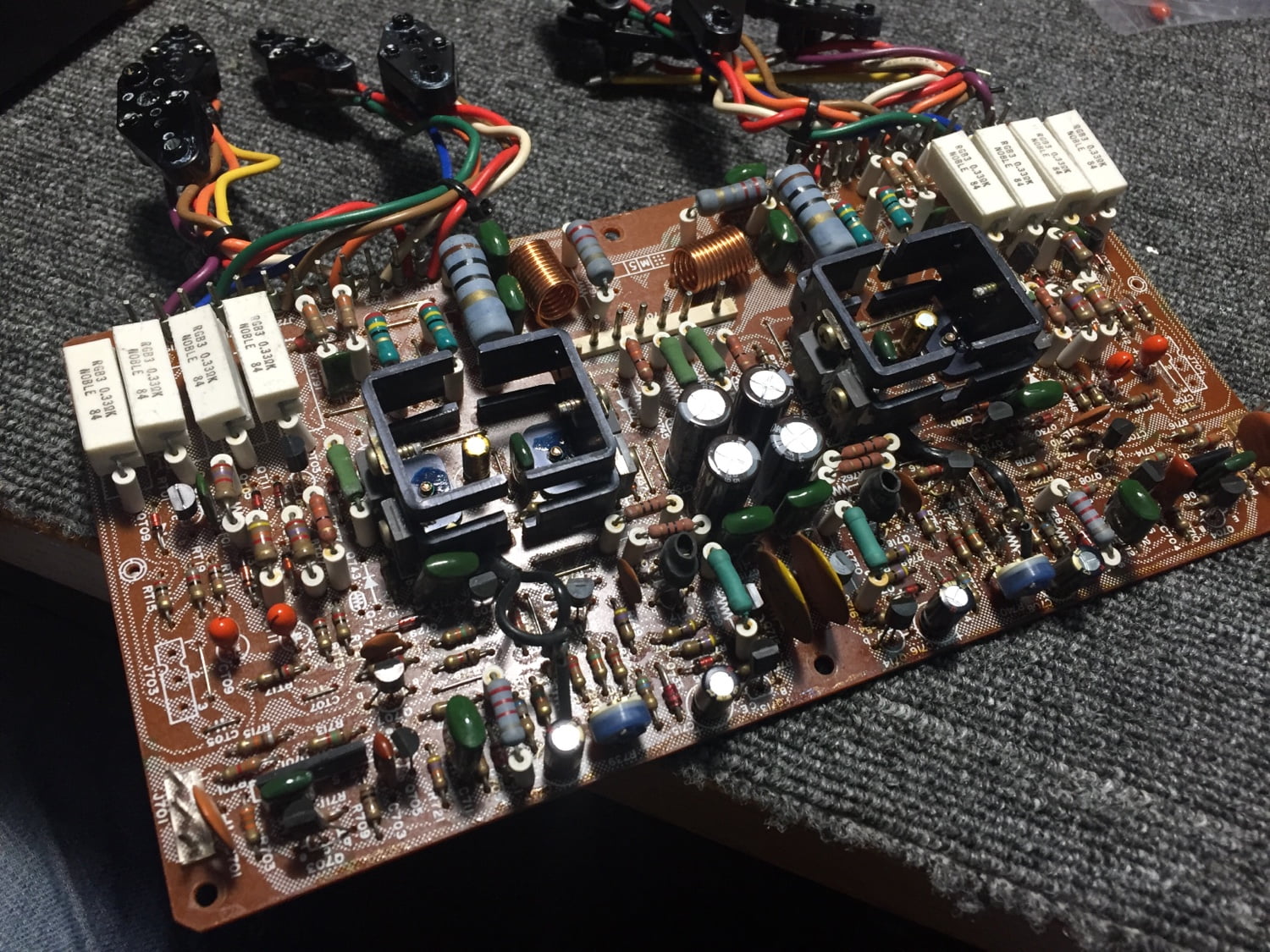
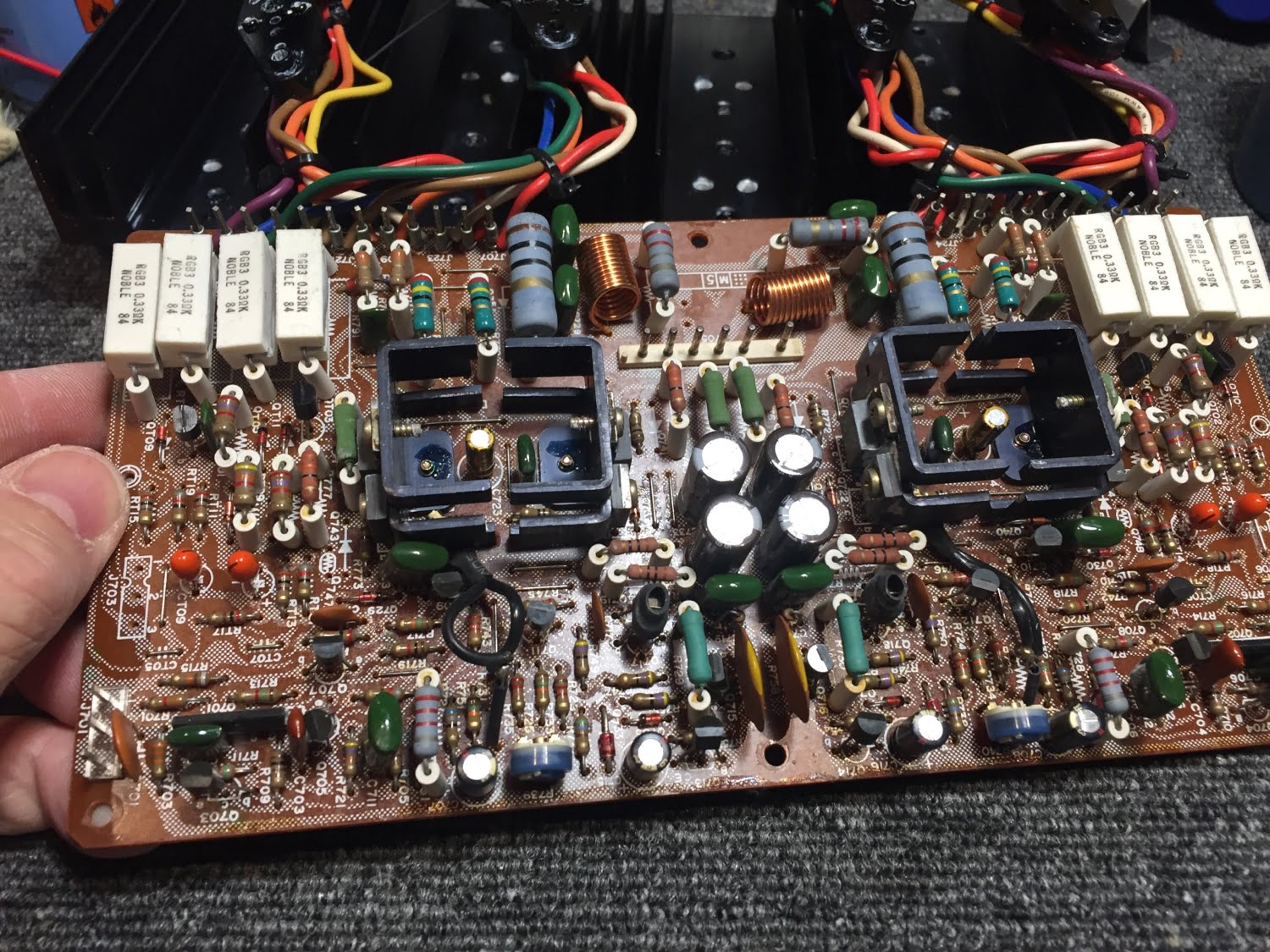

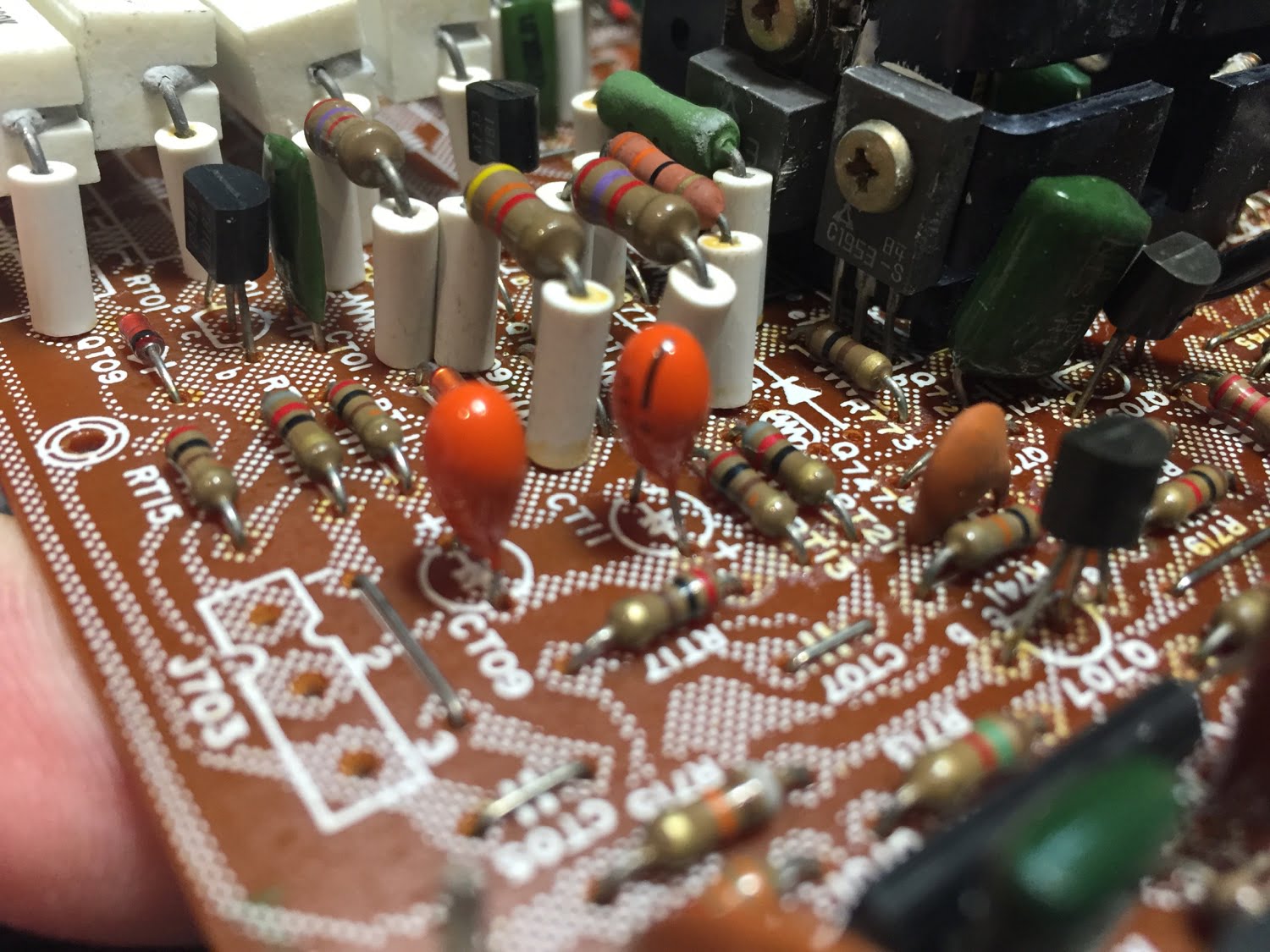
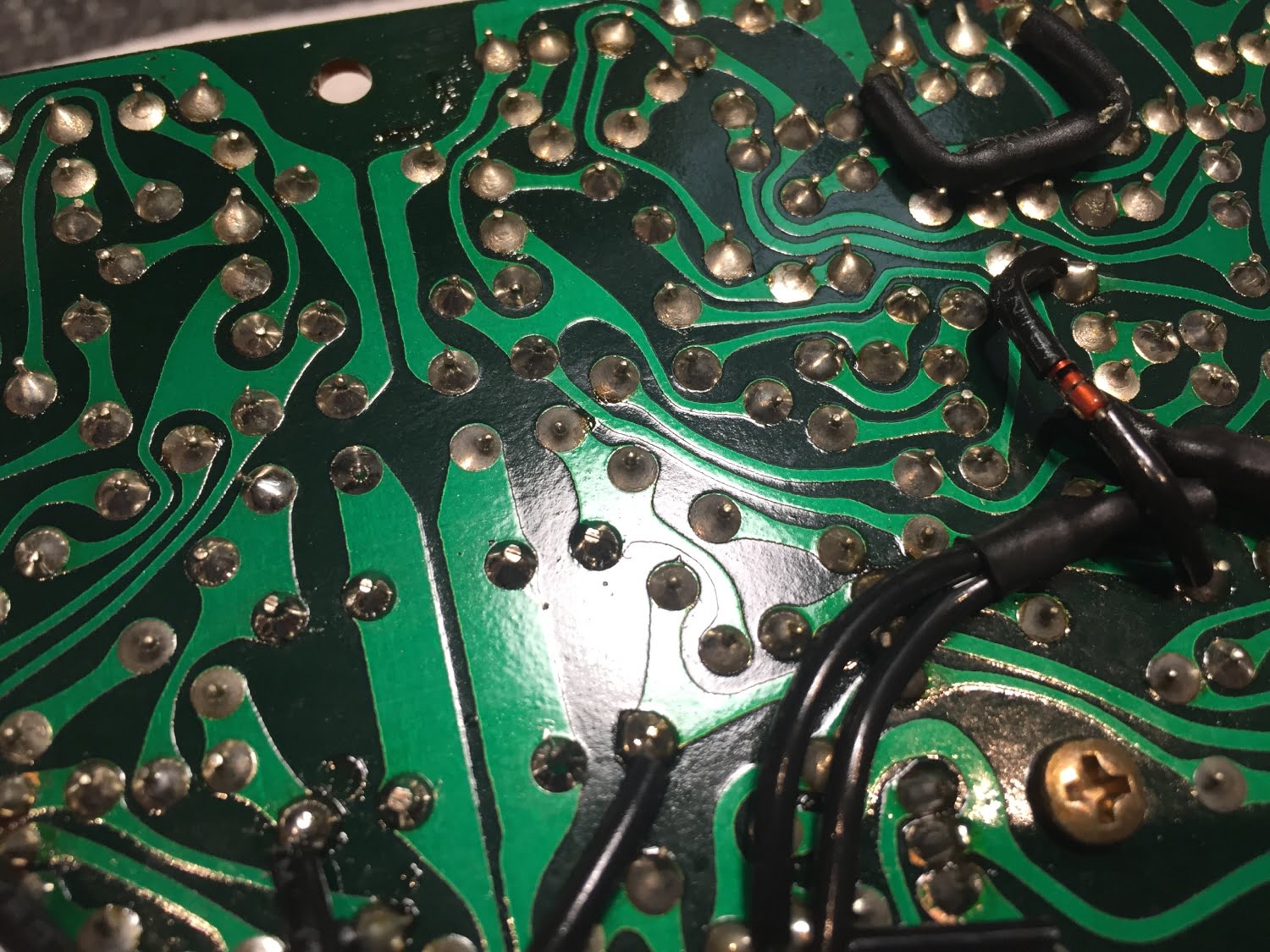

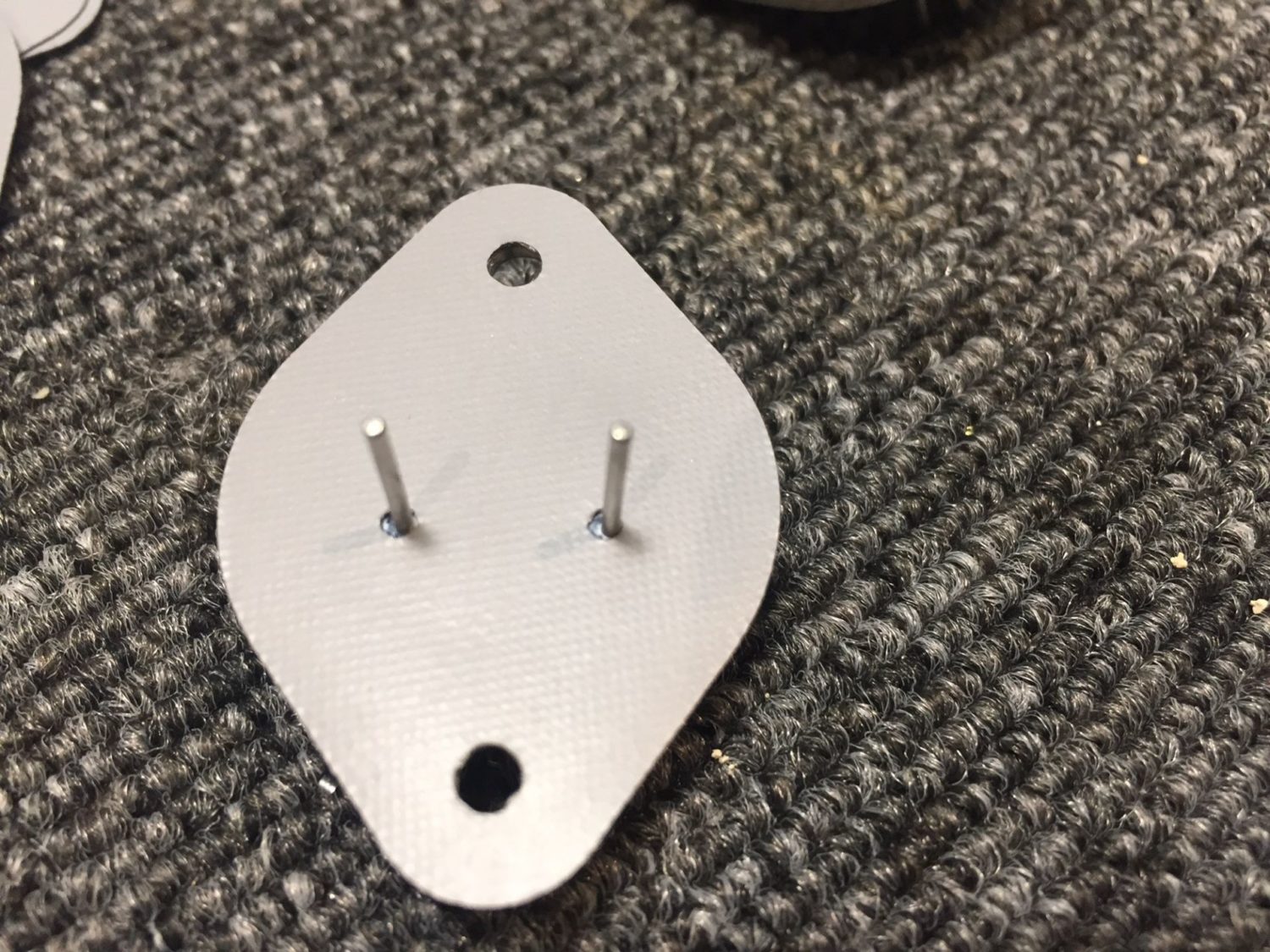
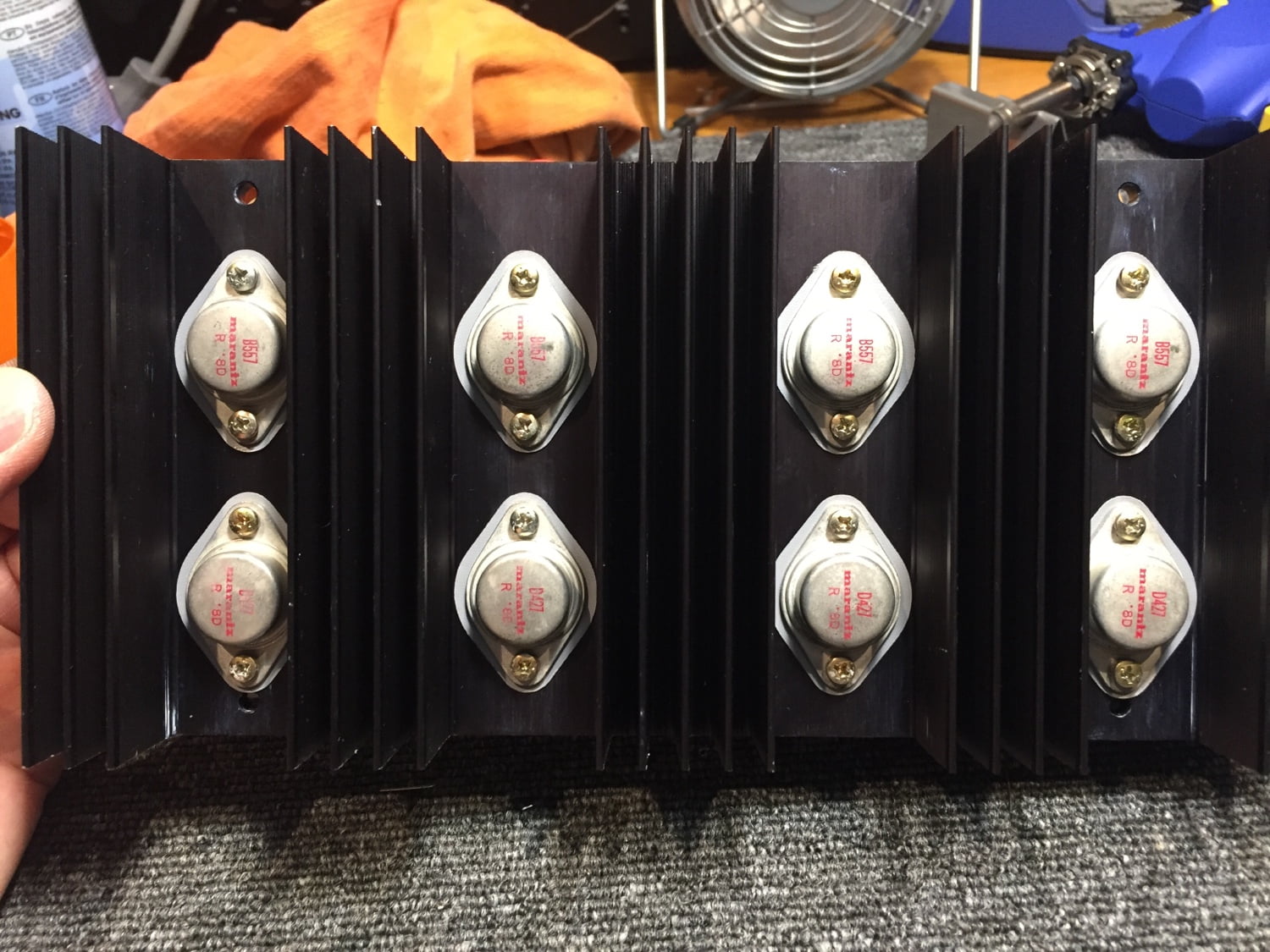
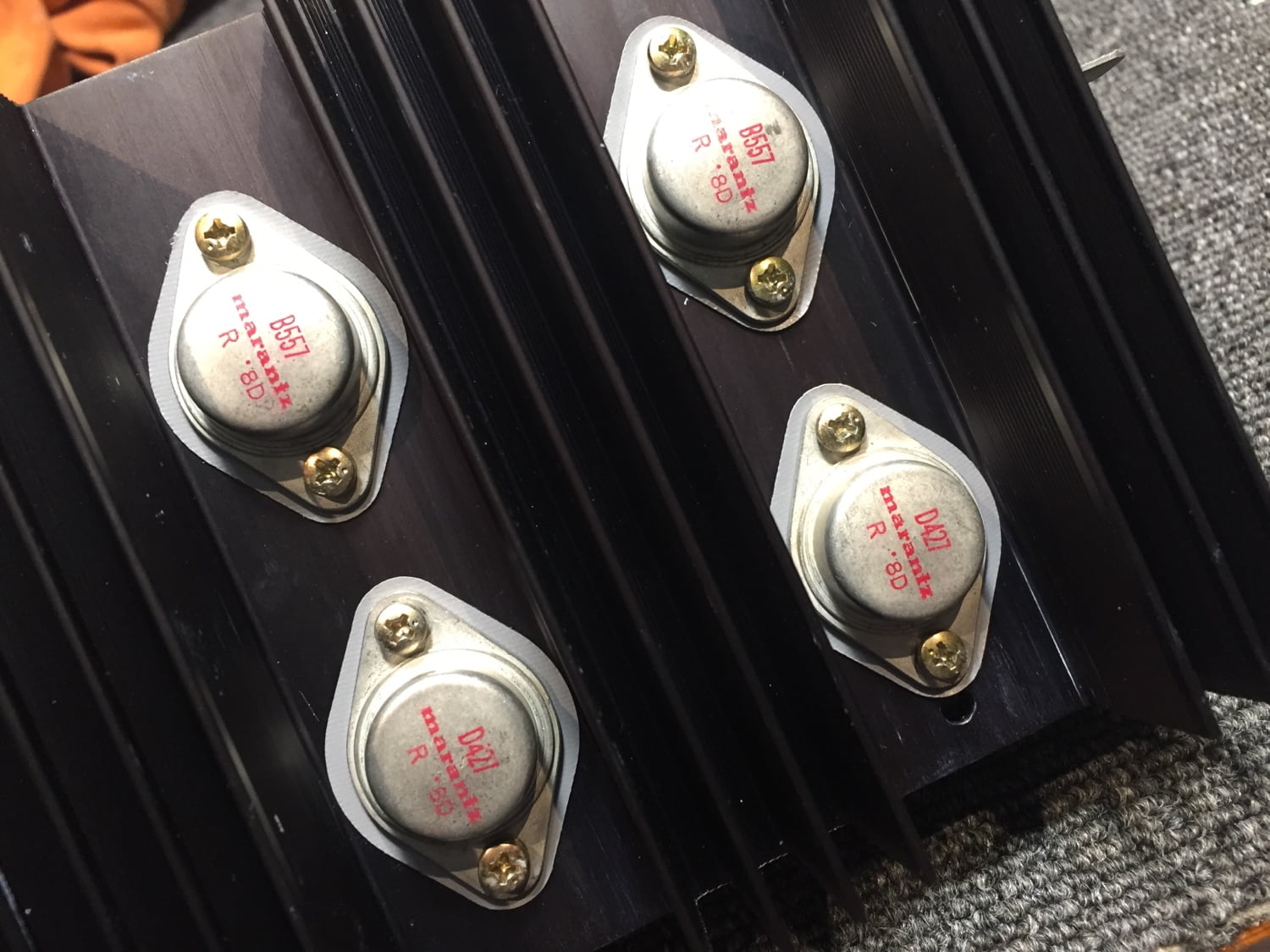
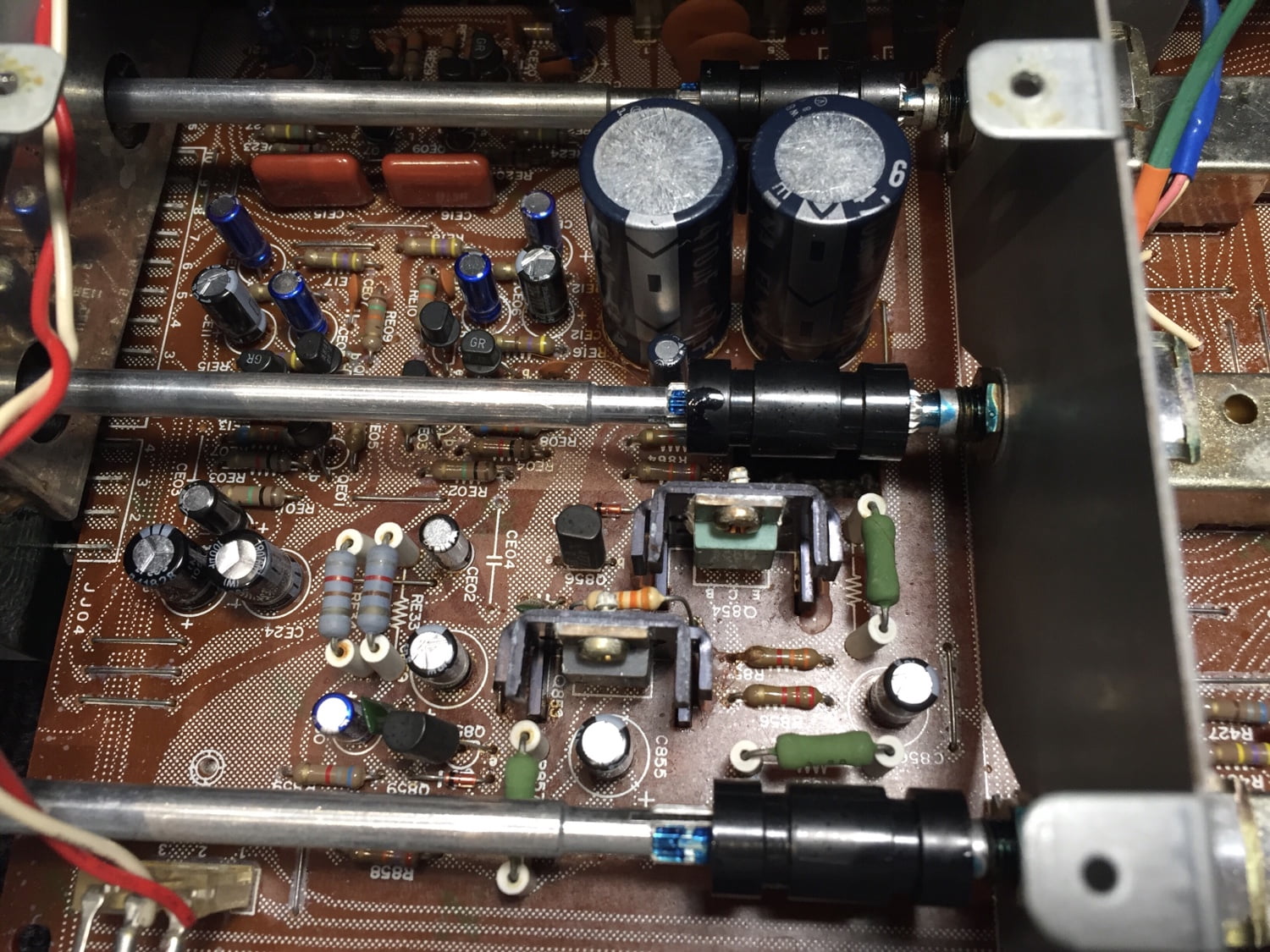
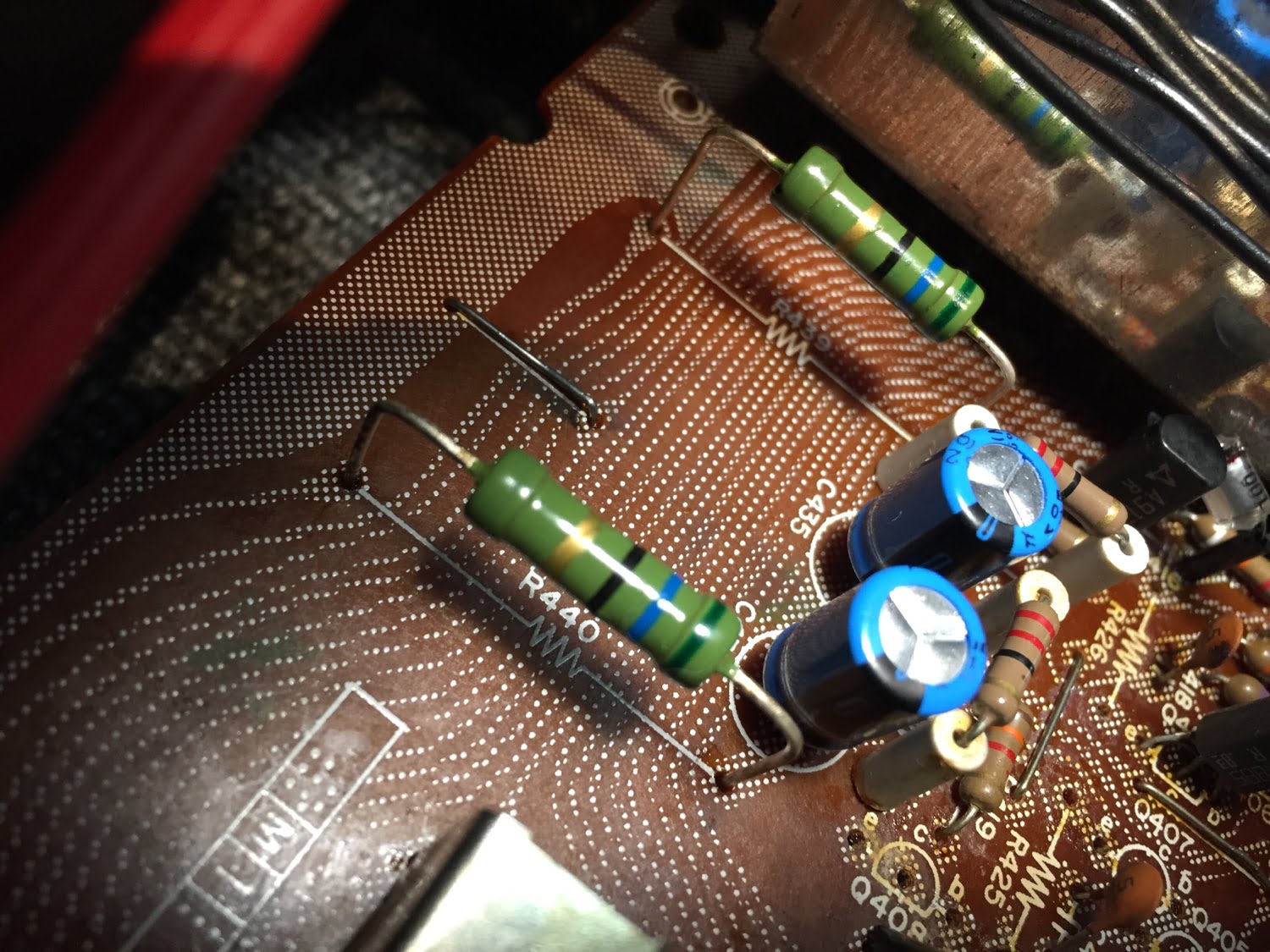
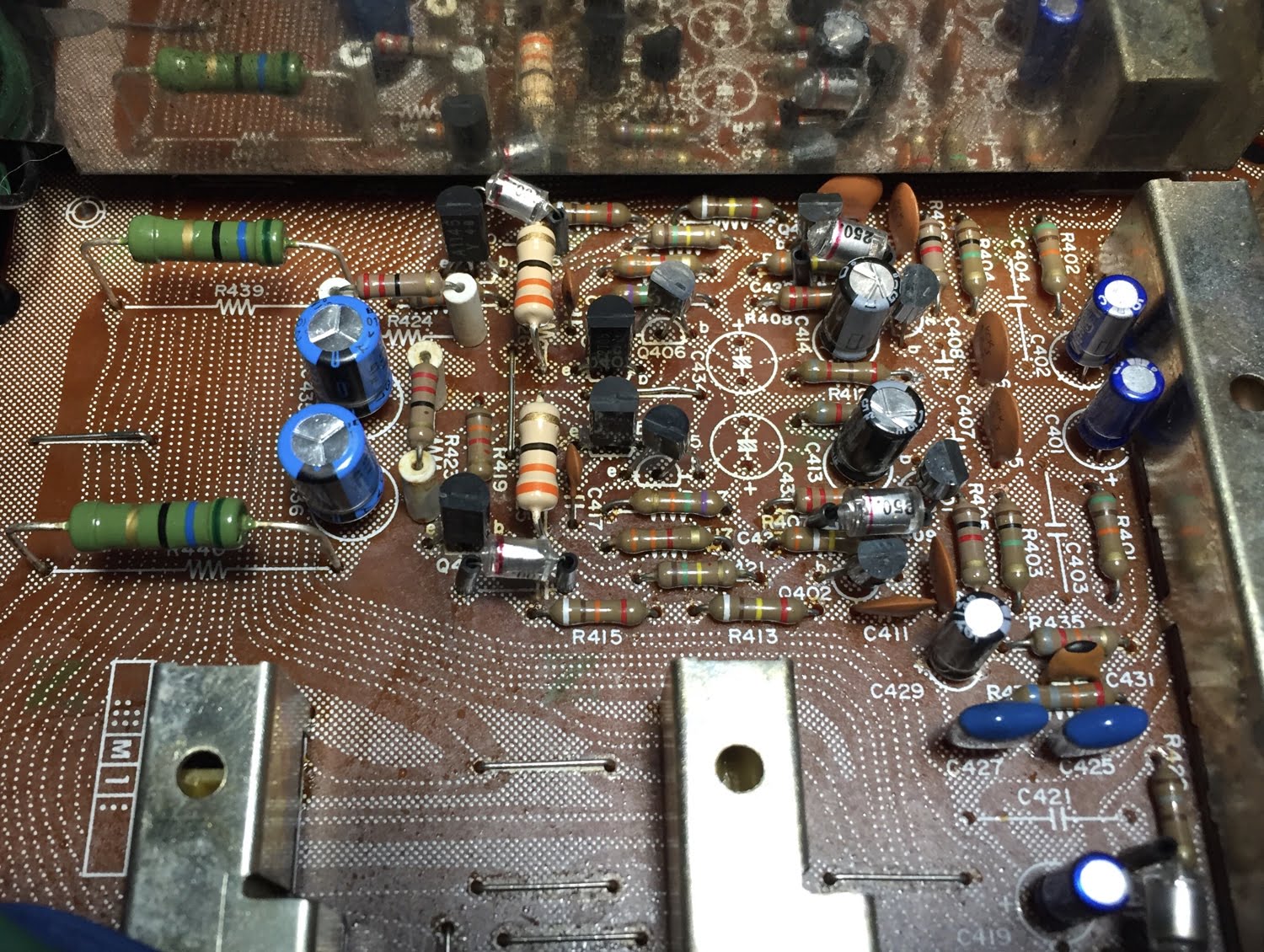
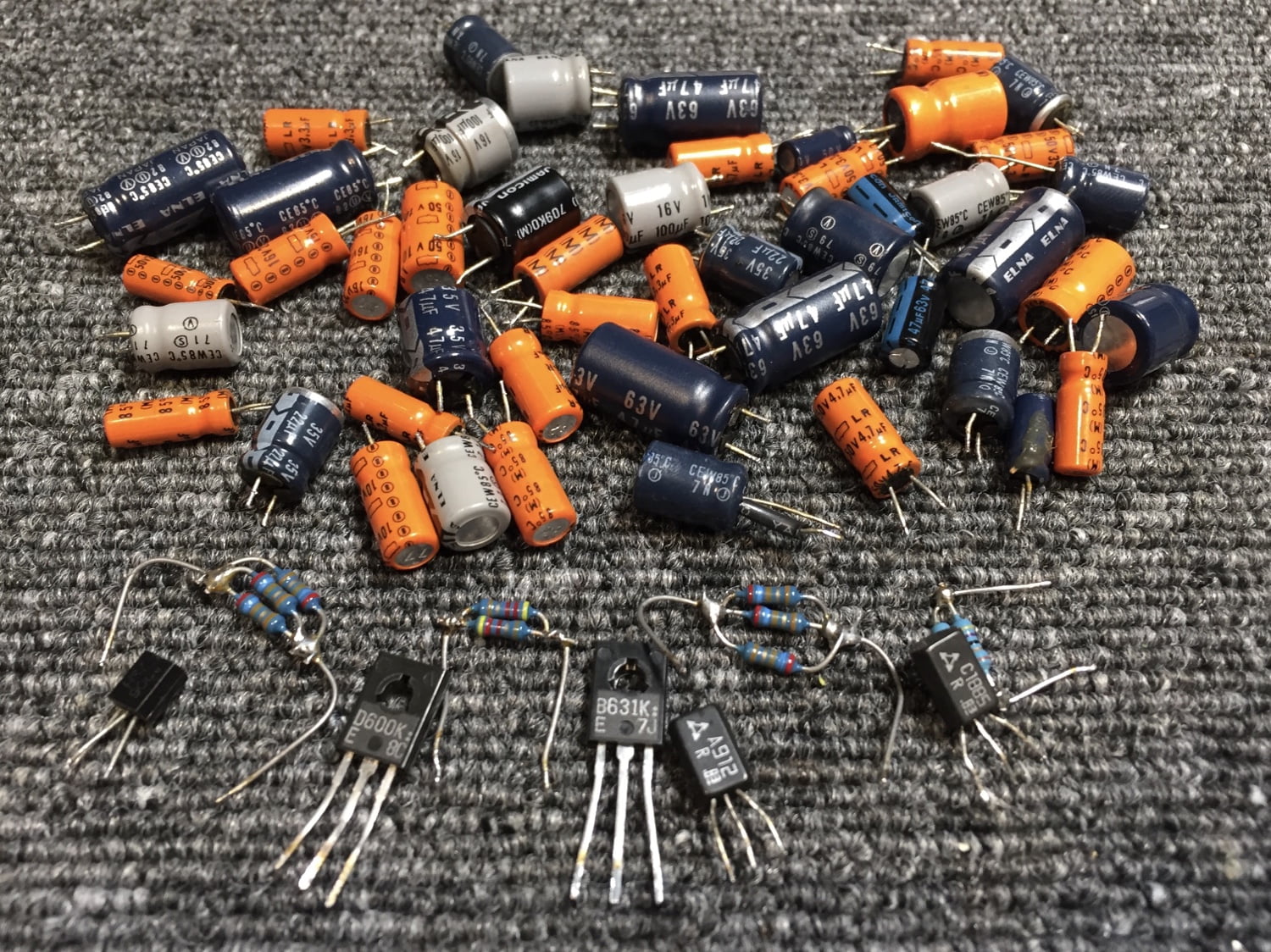
Results
I’m pleased to report that this overhauled 1152DC sounds great. Switches and controls are completely silent and the amplifier has a lovely warm sound you’d expect from a gorgeous vintage piece like this. Everything works as it should and, whilst I’d love to keep it, she needs a new home where she will become the centrepiece of a great vintage hi-fi system.
Since completing the restoration, I advertised this beautiful 1152DC for sale. She now has a new home in sunny Queensland!
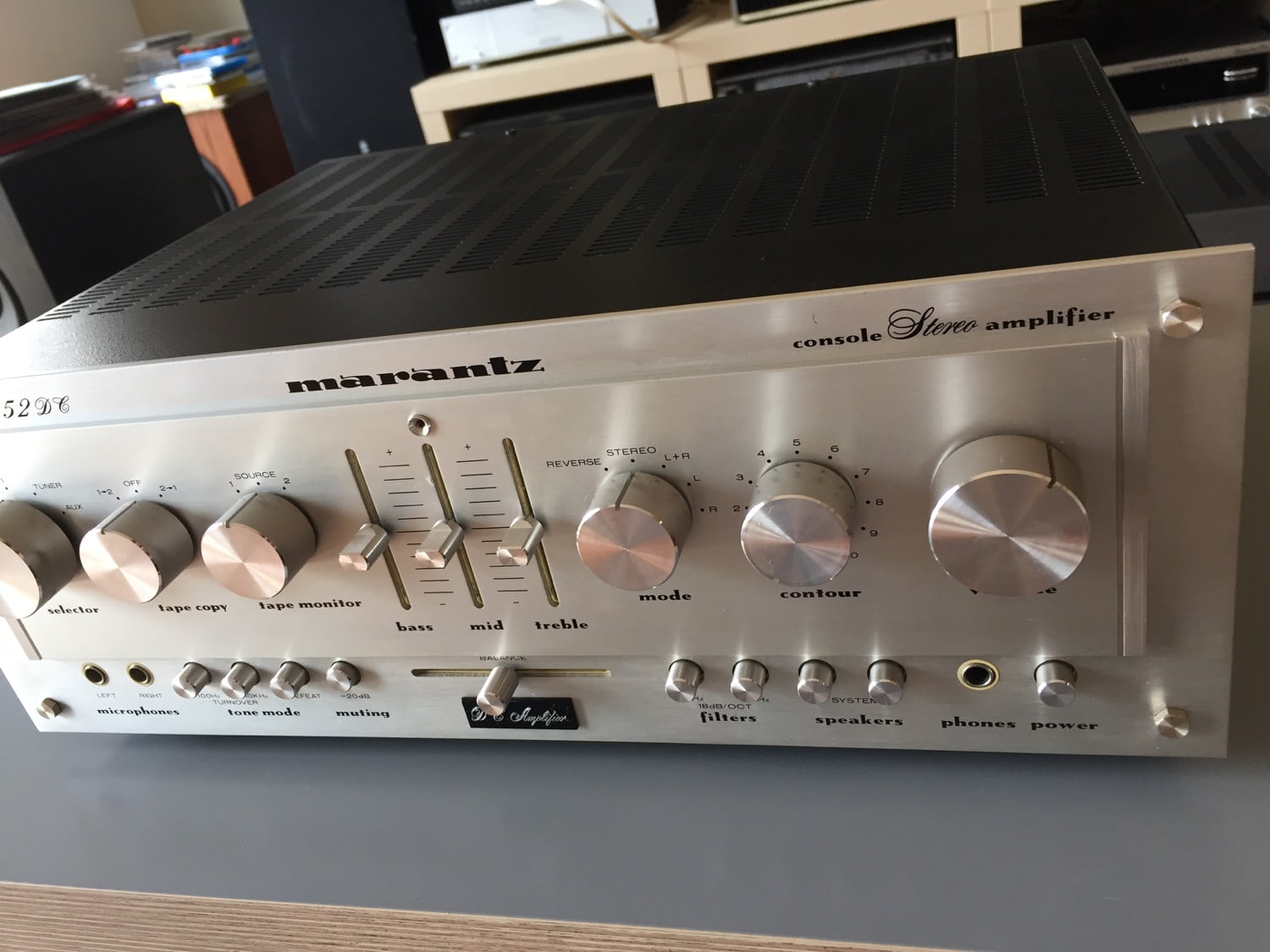
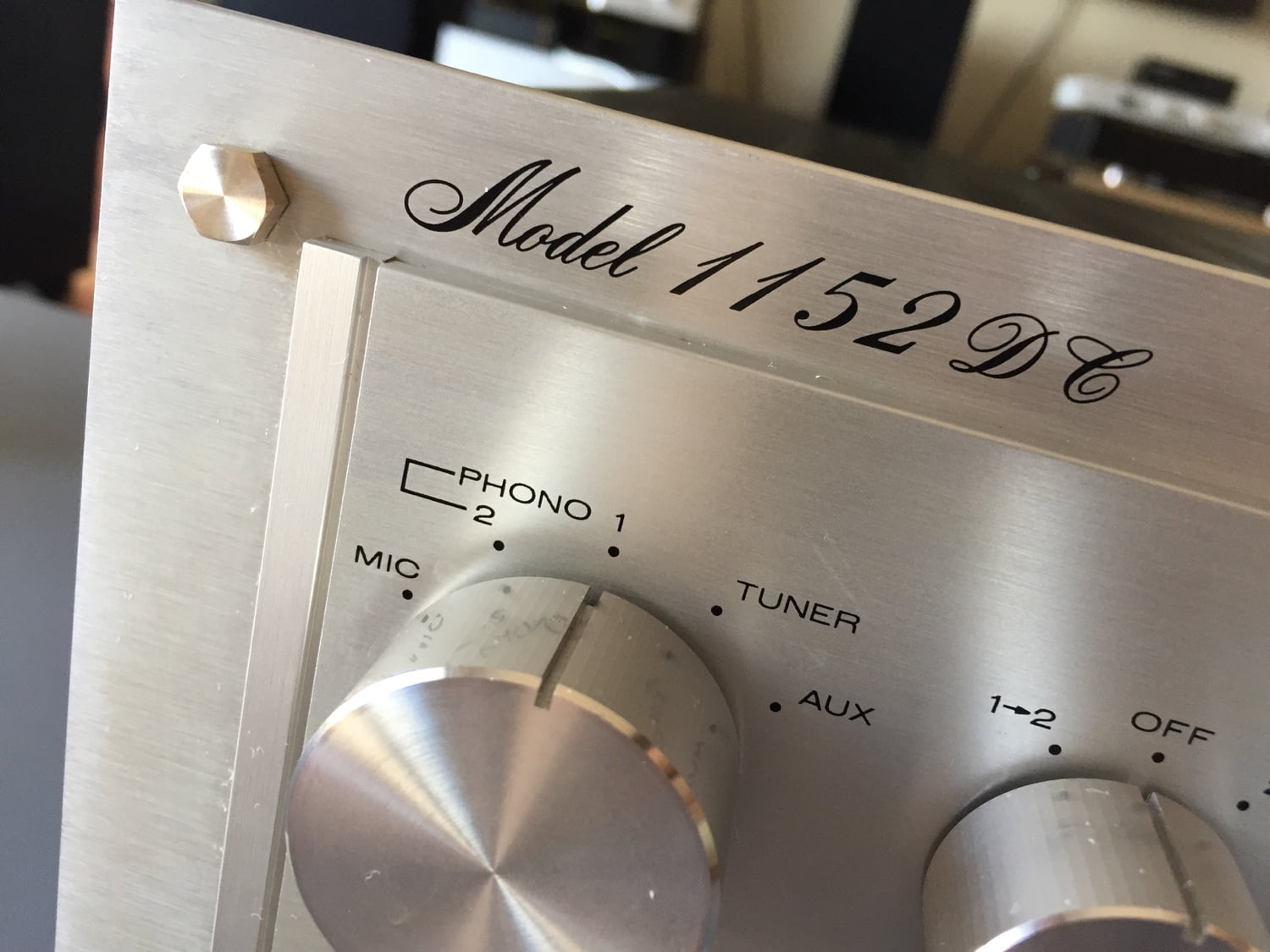
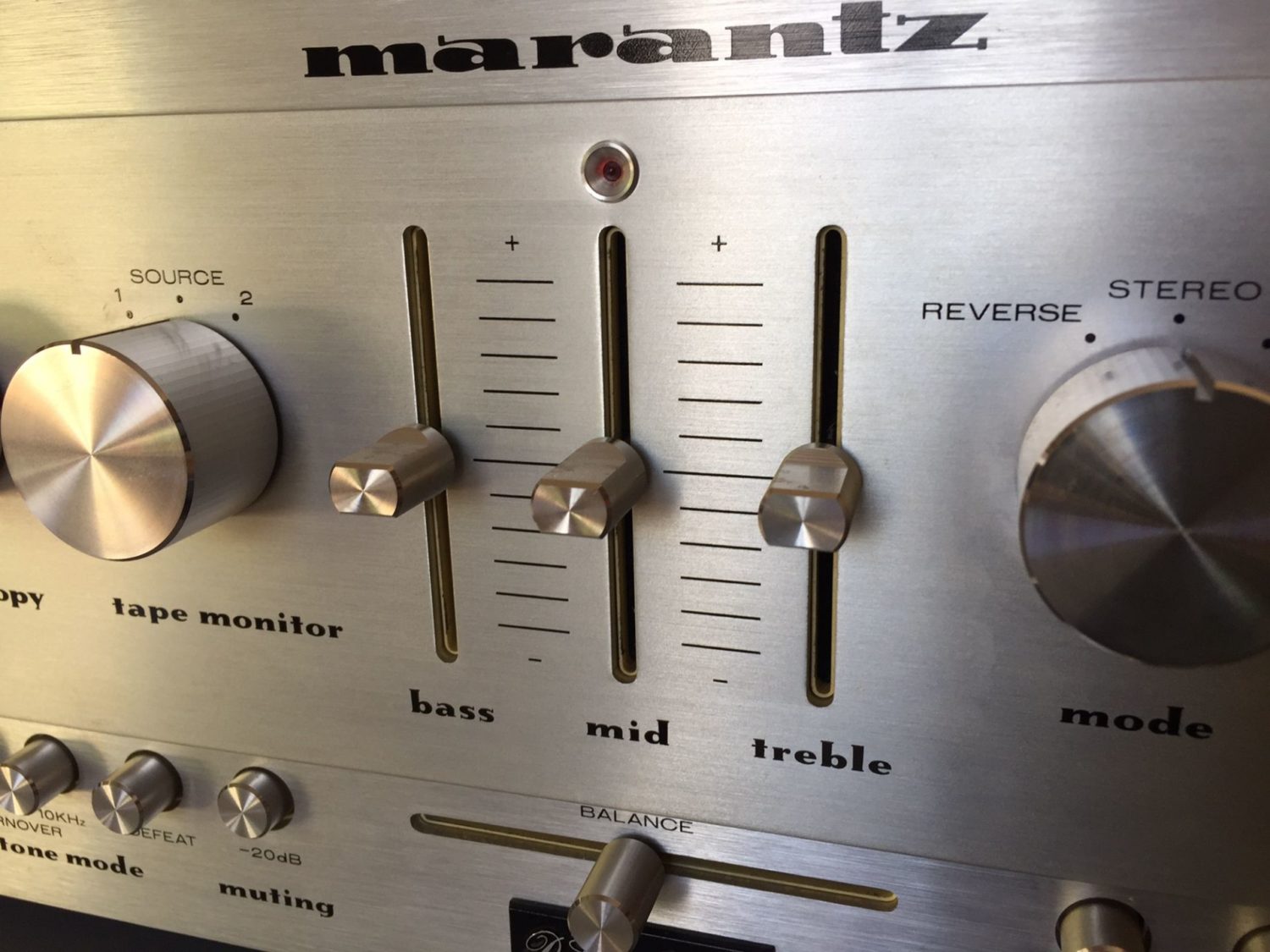

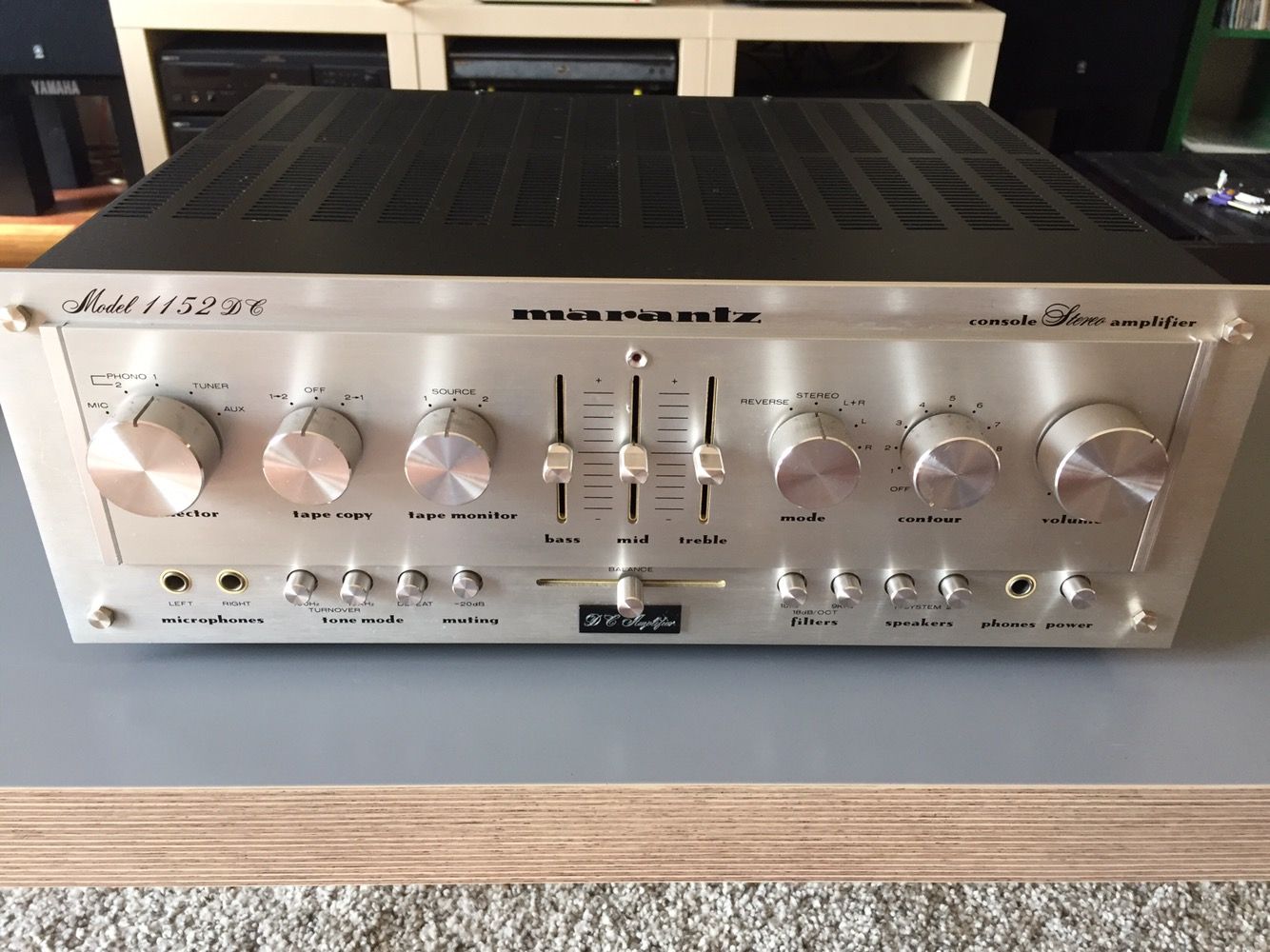
If you would like me to look at your classic Marantz equipment, don’t hesitate to get in touch.
Discover more from LiQUiD AUDiO
Subscribe to get the latest posts sent to your email.



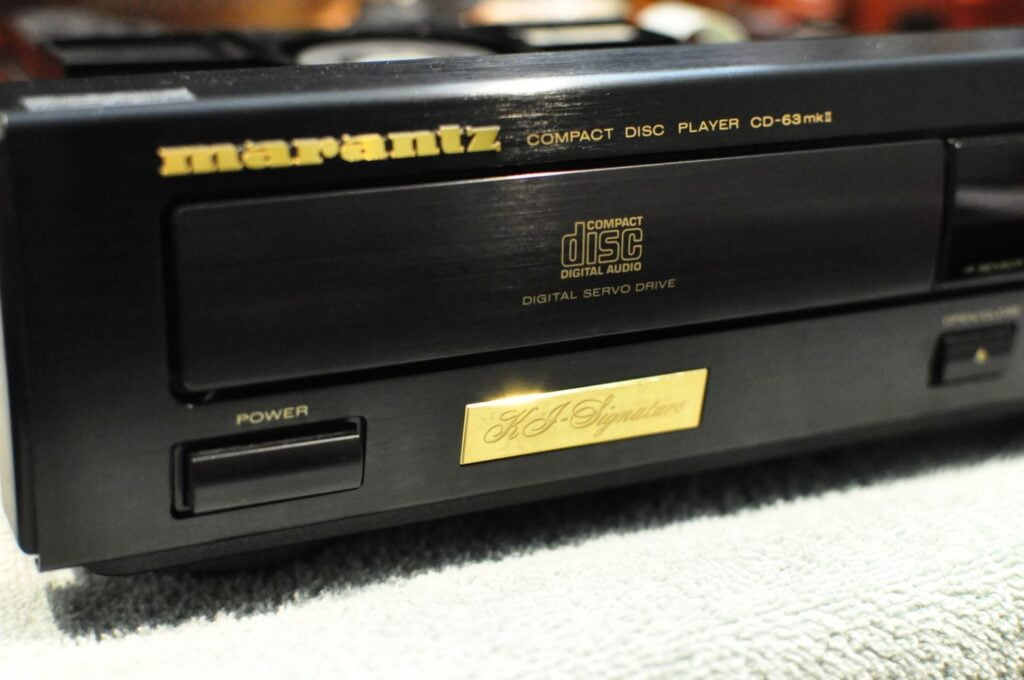

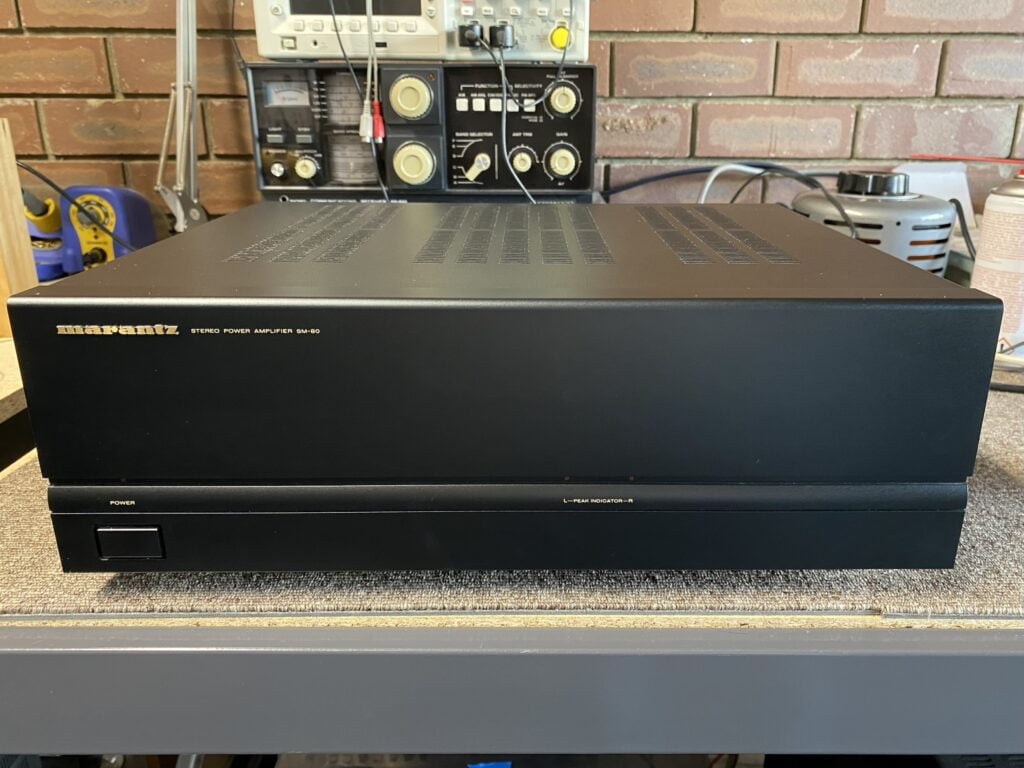
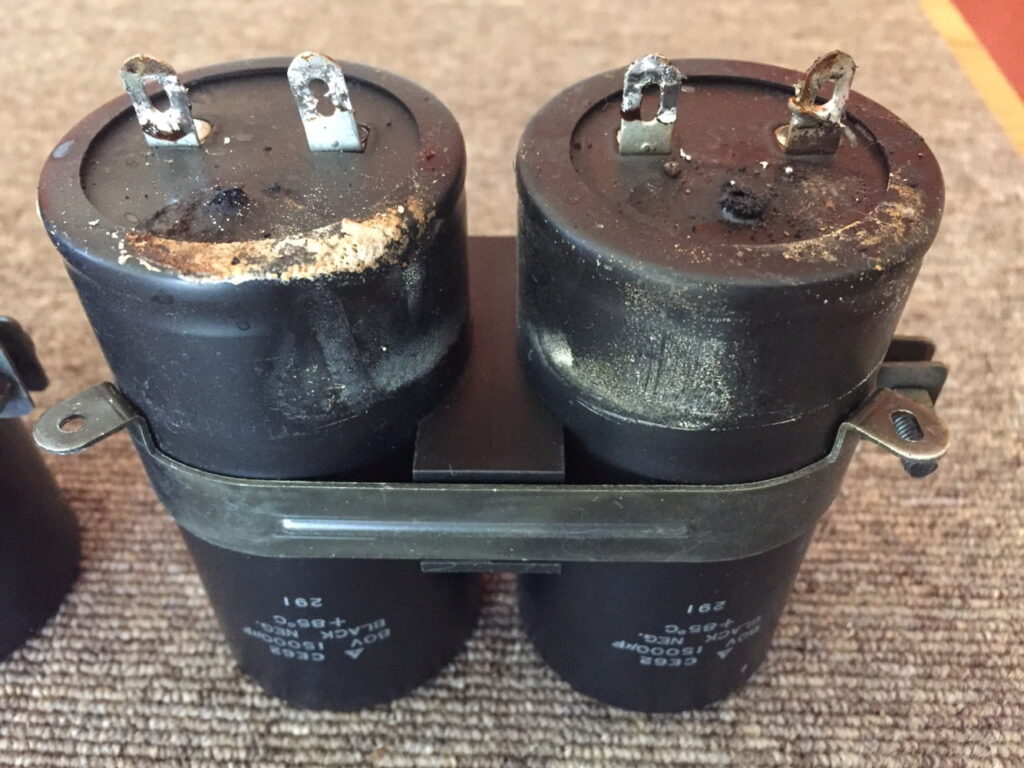
I realy like reading and also following you with your avesome work on this lovely gear. Best regards from Slovenia.. Zoran
Thanks very much Zoran, that’s very kind of you and I’m glad you are enjoying these articles. Lots more of them coming up!
Another great look into proper restoration of some beautiful, classic vintage HiFi equipment.
I always enjoy the journey you take us on with these blog reports and indeed the excellent photos that accompany it.
Very kind of you Simon, thank you and glad you are enjoying the articles, lots more coming!
I am the former owner of this amplifier which I bought new in 1978. It served me well for decades with a pair of Monitor Audio MA5 British-made bookshelf speakers. I’m very happy that this beautifully restored piece has found a new home, rather than ending up at the tip.
Hi Todd, thanks so much for commenting. This is the unit you gave me, correct? Sorry it took me so long to write up this restoration, and thanks again for your generous donation. I believe she is happy in her new home. I’ve just finished another 1152DC restoration and repair. That article will follow, as soon as I get a chance to write it!
Yes Mike, this is the 1152DC I used for 30 years. I ended up donating it as I was unlikely to use it after the restoration. You did a very impressive job of restoring the unit to its former glory and I’m happy that someone else is now enjoying it.
Well thanks again Todd, much appreciated and don’t hesitate to let me know if there’s anything audio-wise I can assist you with.
How exactly do you (wash) these components. With soap and water? 409?, Dawn?
Hi Chas, I use a process I’ve developed, based on cleaning test and measurement equipment. It varies depending on the type of board and contamination, but I generally don’t use dawn or other detergents these days as I don’t find them to work very well. One must be especially careful where water and electronics are involved, so I don’t encourage most people to do this type of thing at home.
I know this is a rather old article, but an oldie but a goodie. Where are you located and are you still doing Marantz restoration? I have a lovely 1122DC 🙂
Hi and yes, still doing Marantz and other restorations and specialising in careful work on all good classic hi-fi gear! Located in Perth, details on my contact page. Because of the way I work, I’m often close to or fully booked, but details and updates can be found in the booking status table.